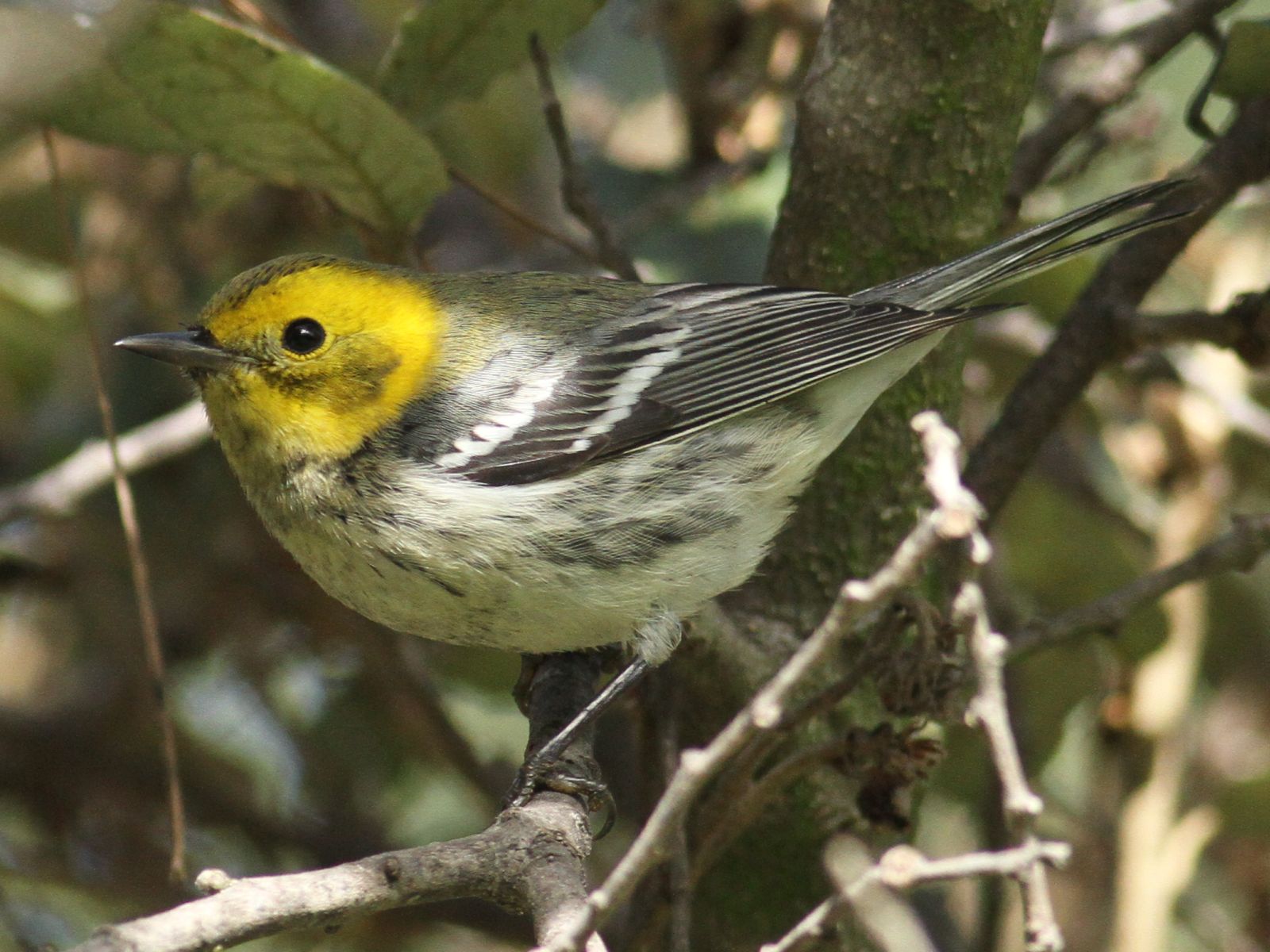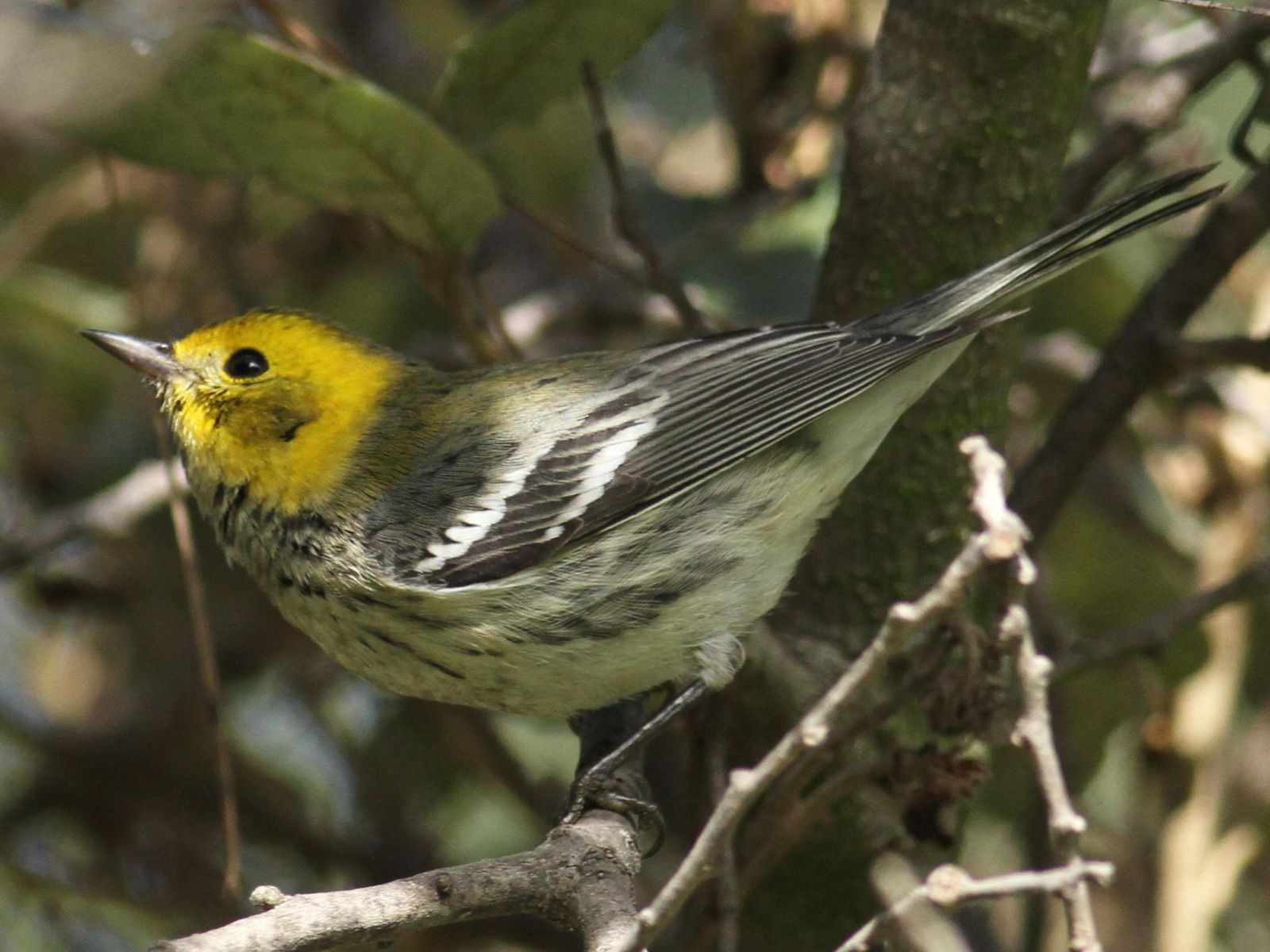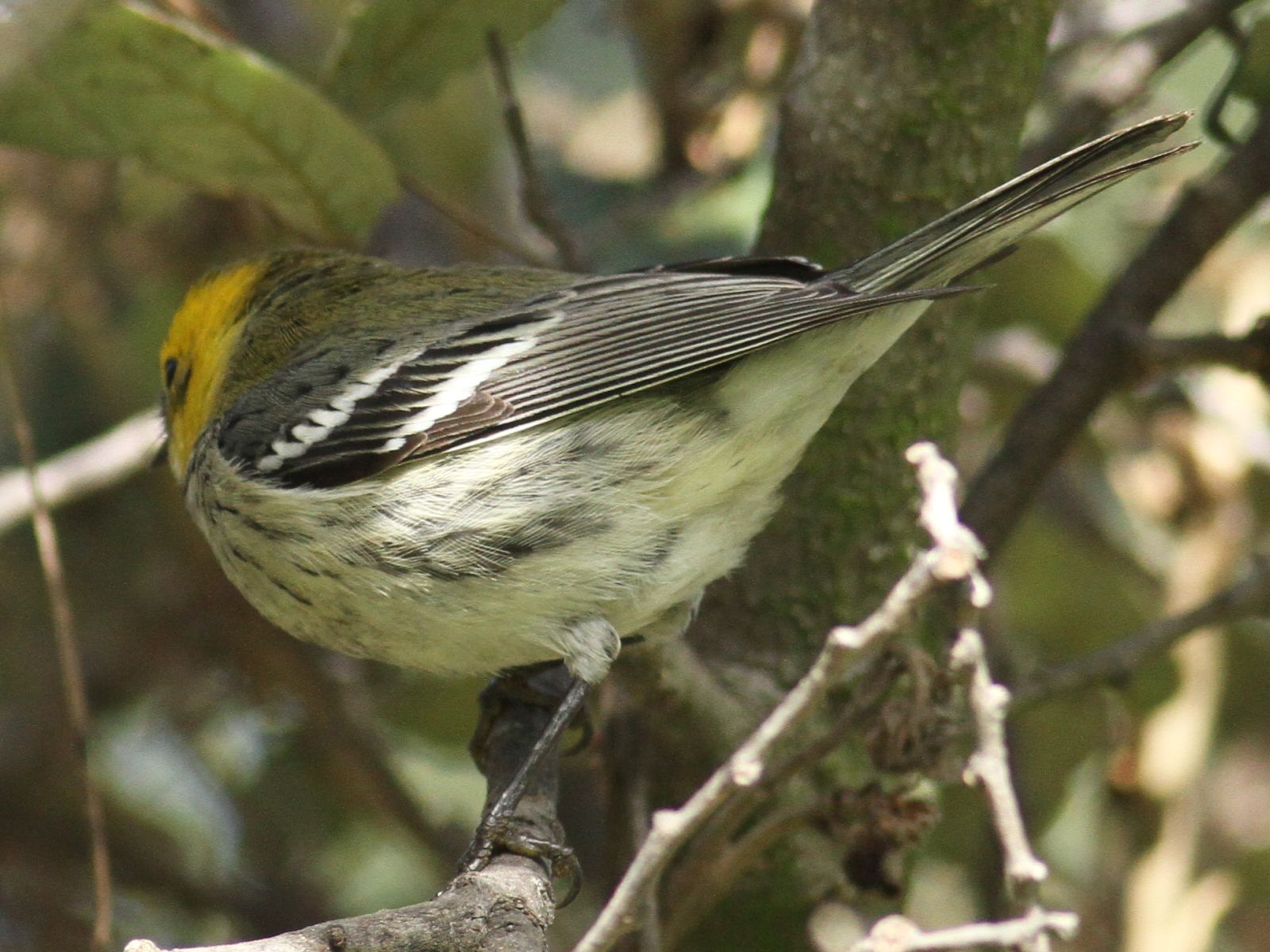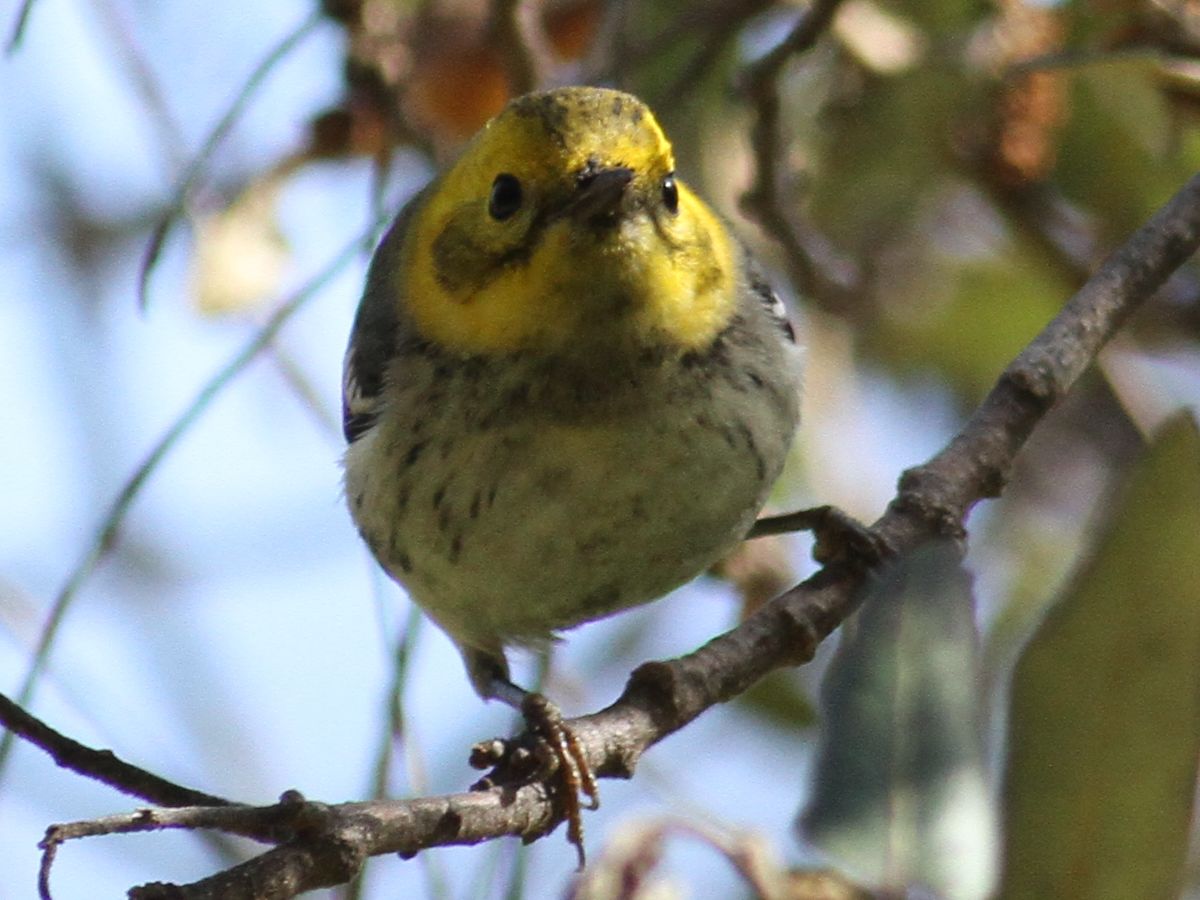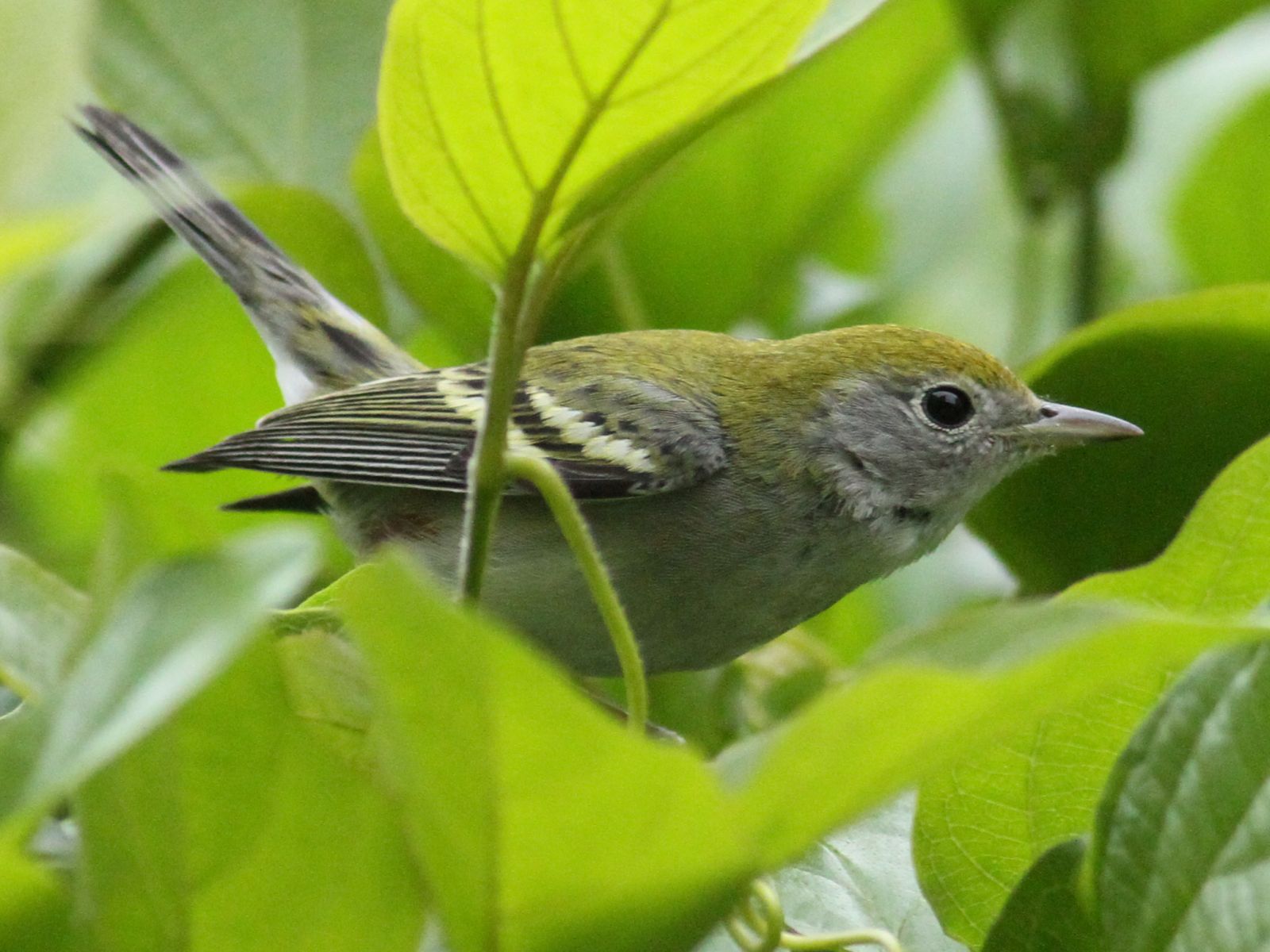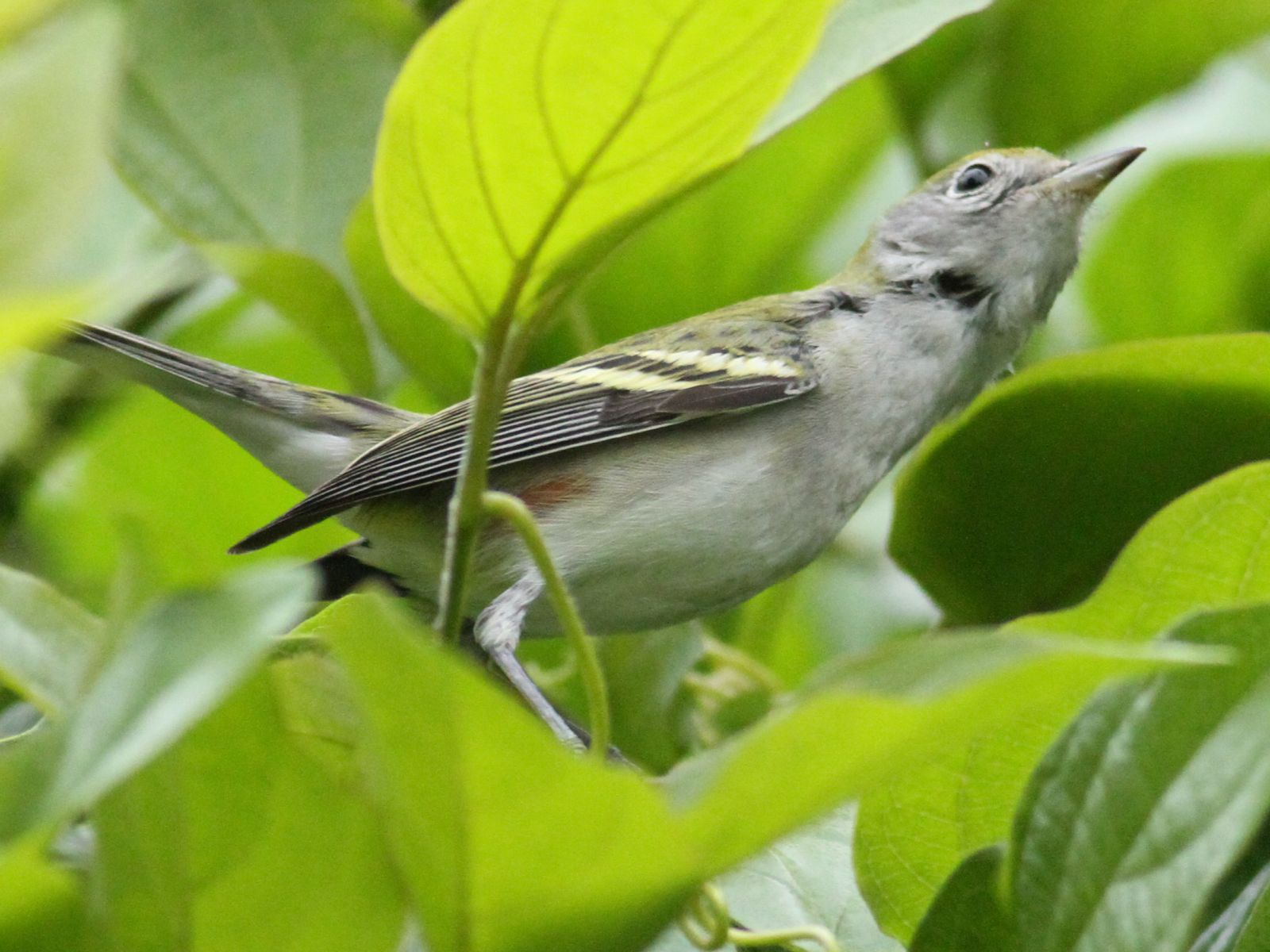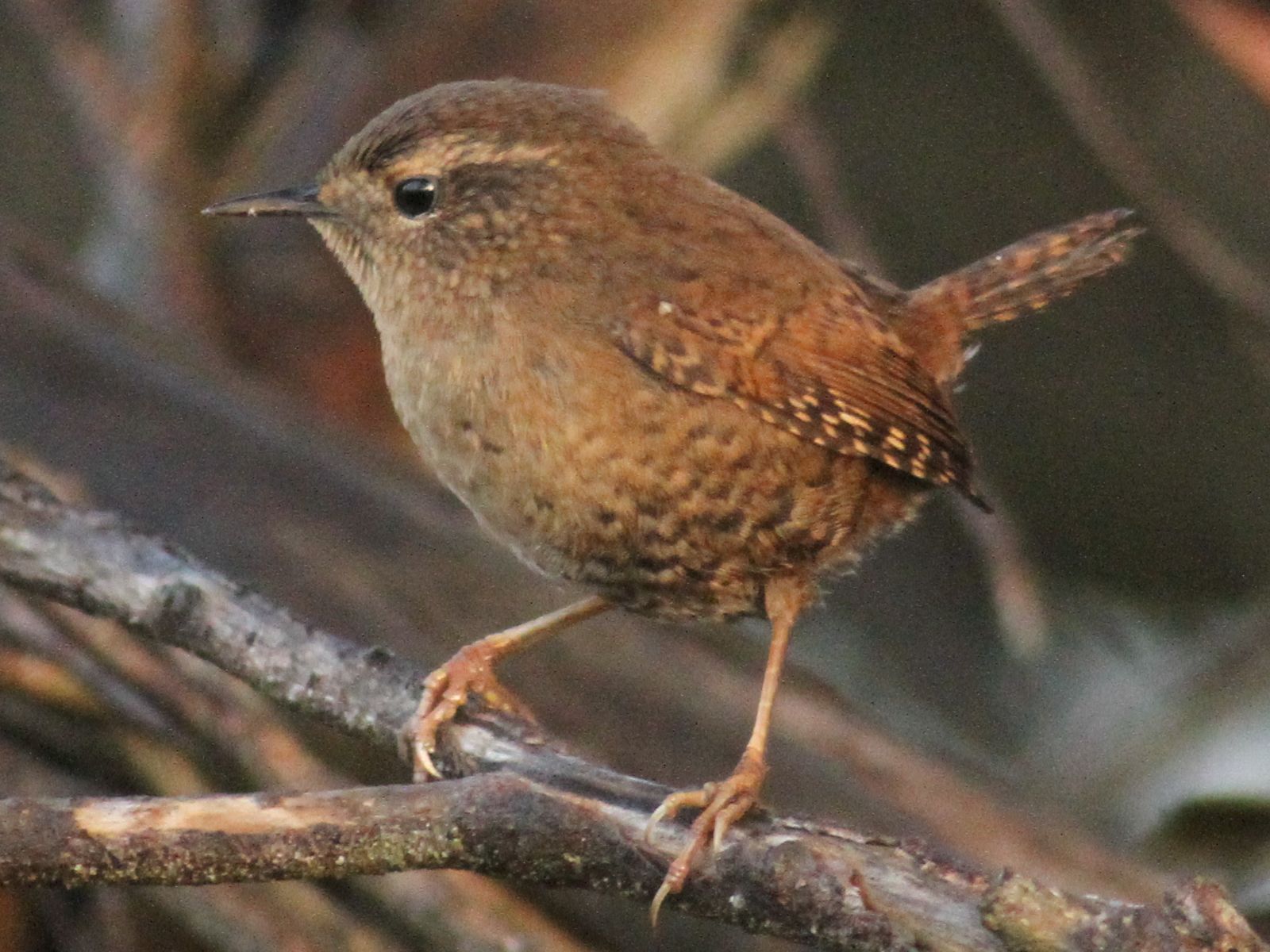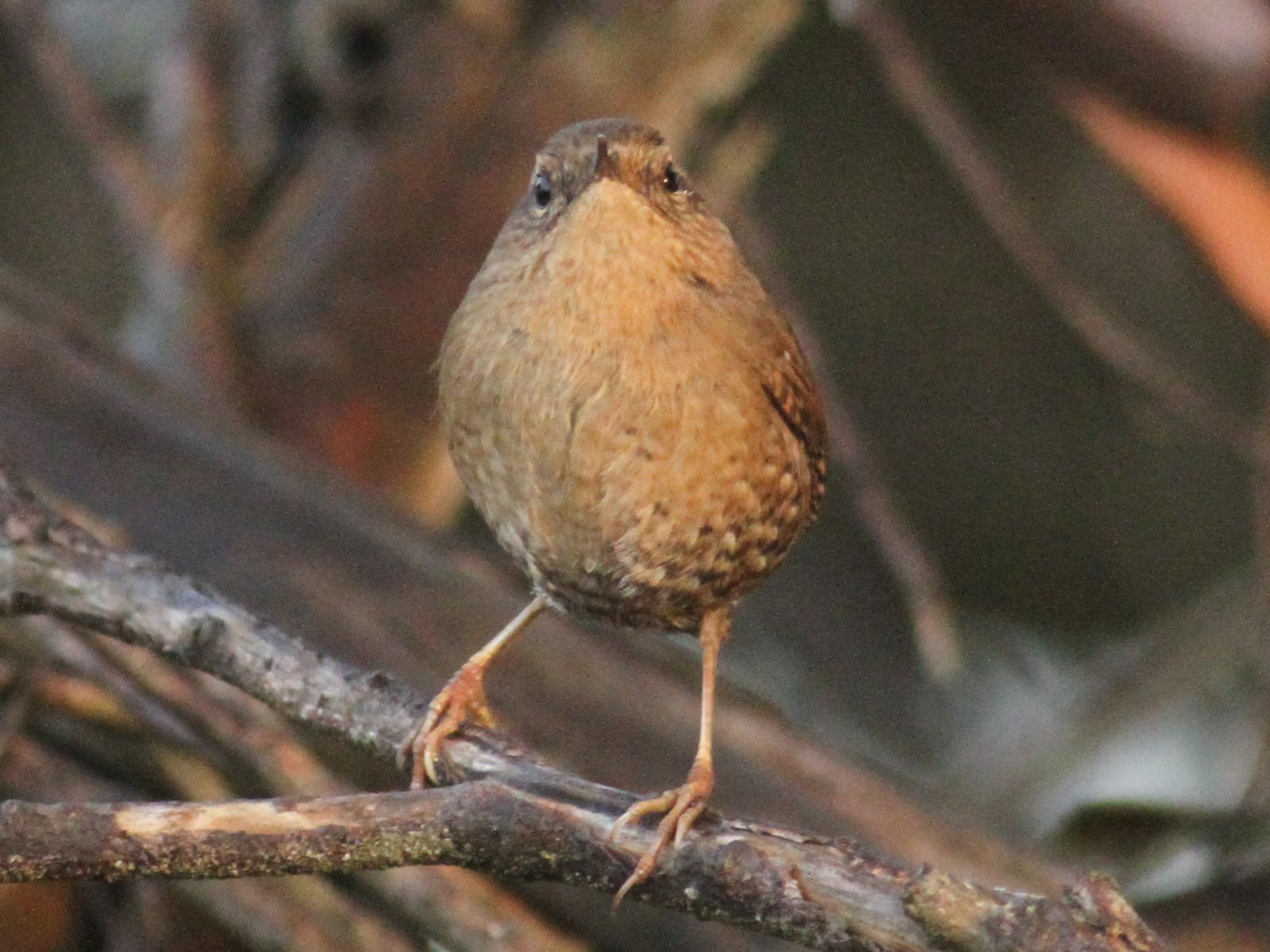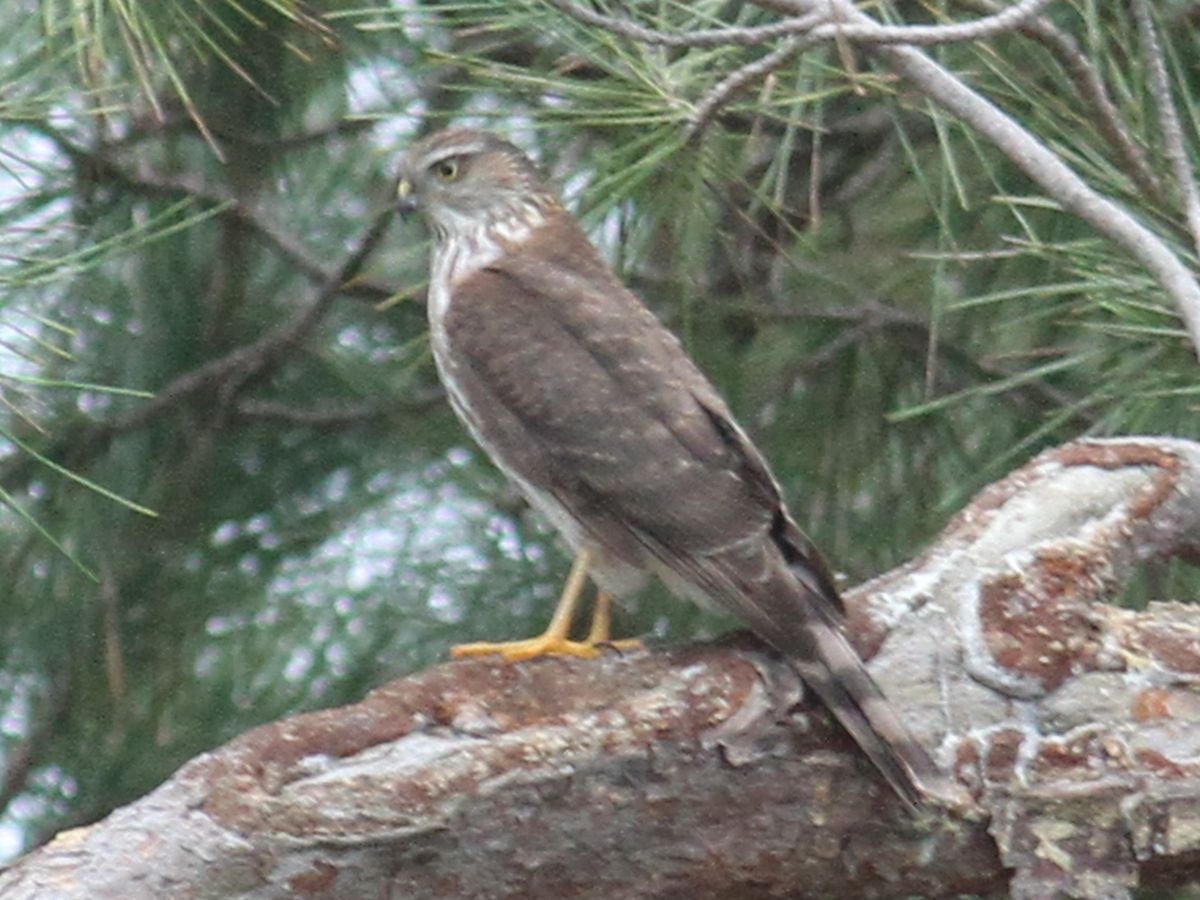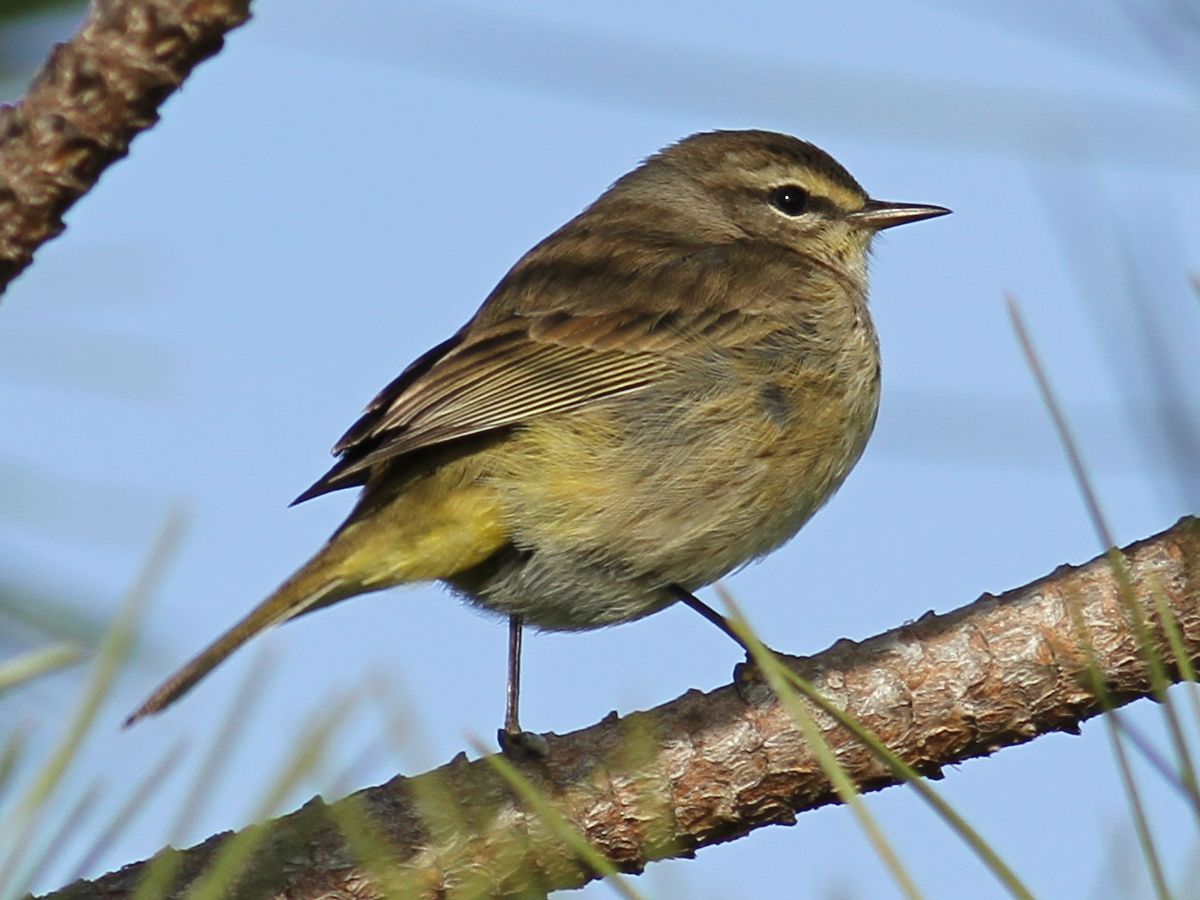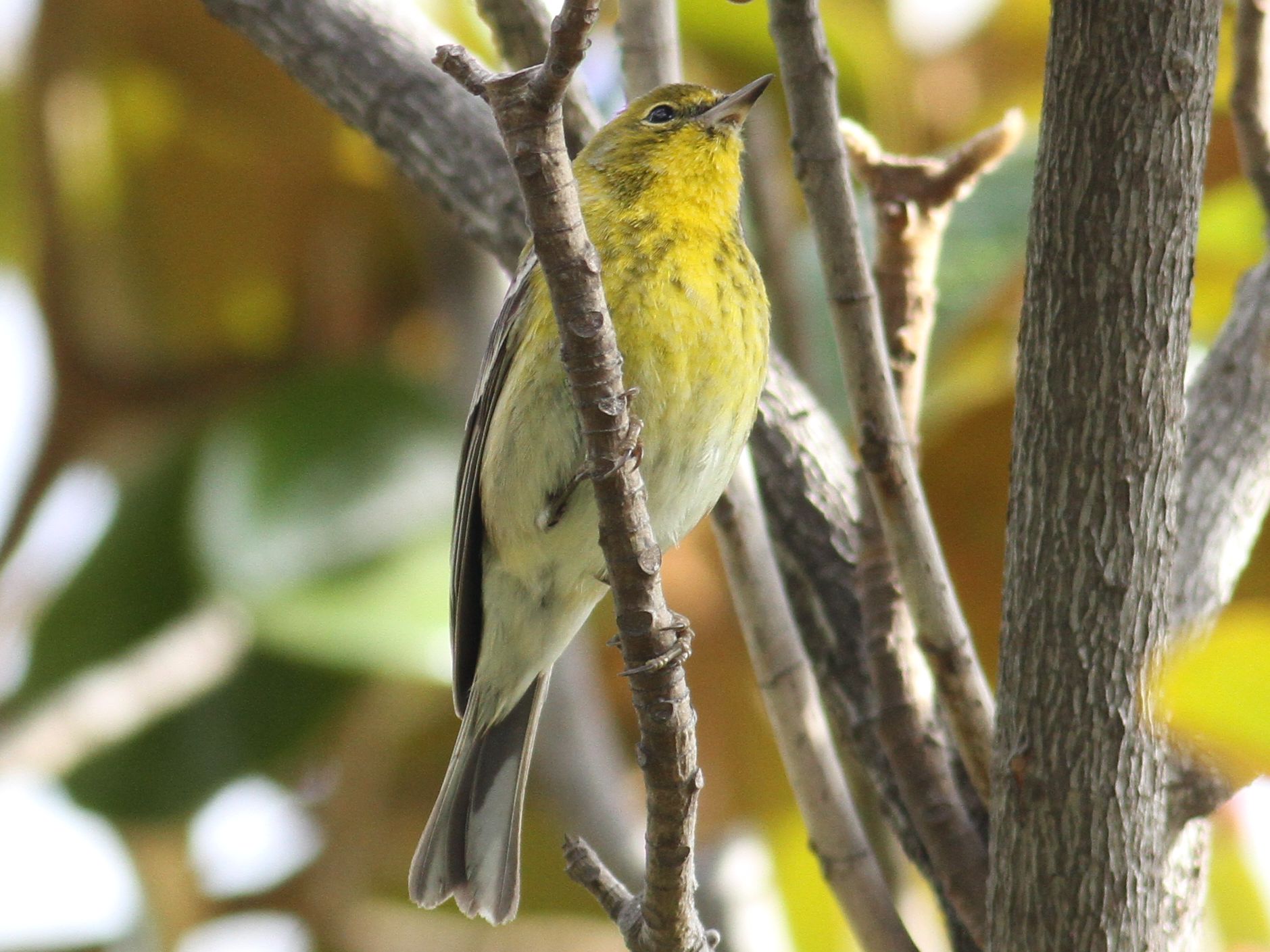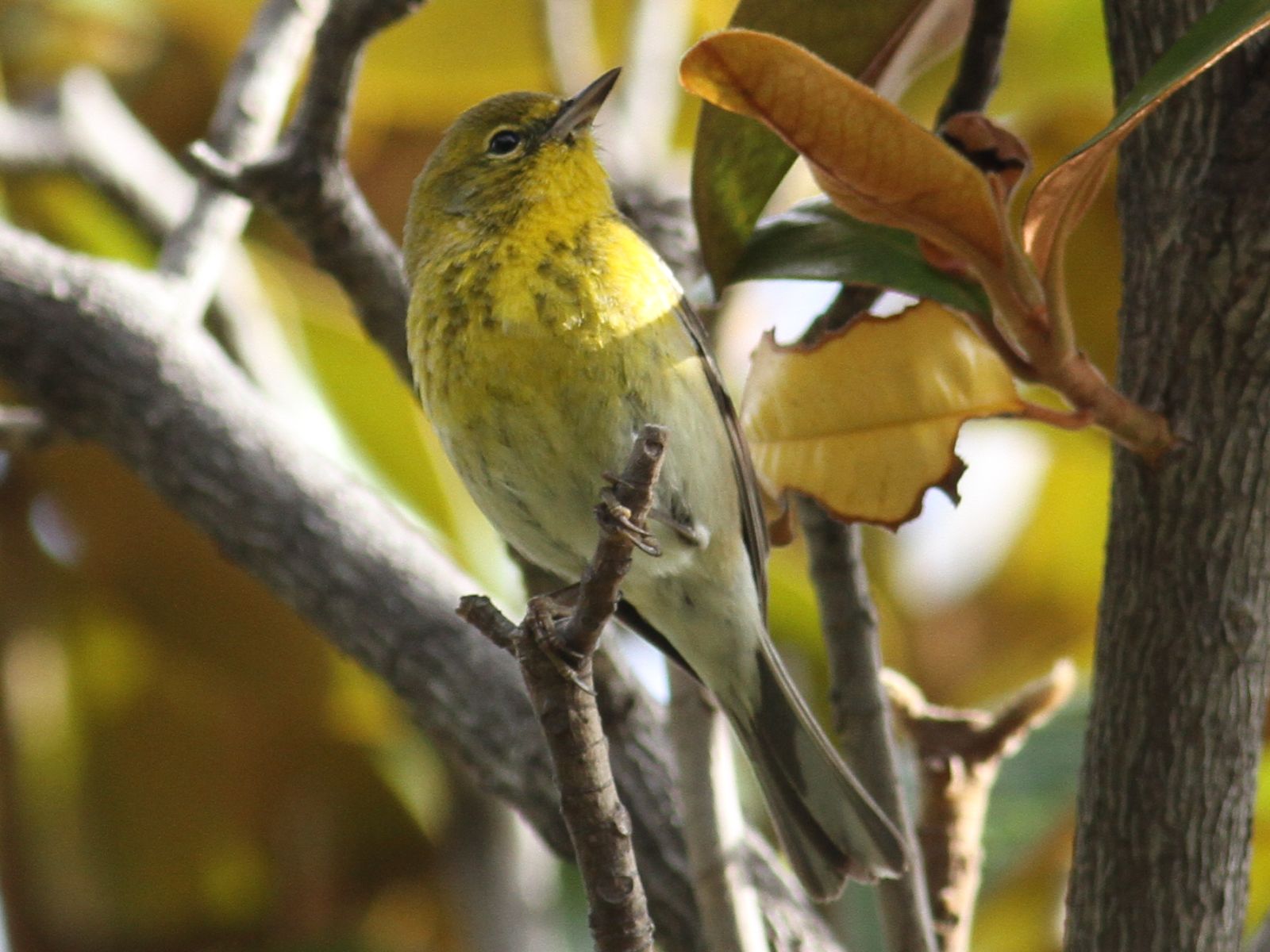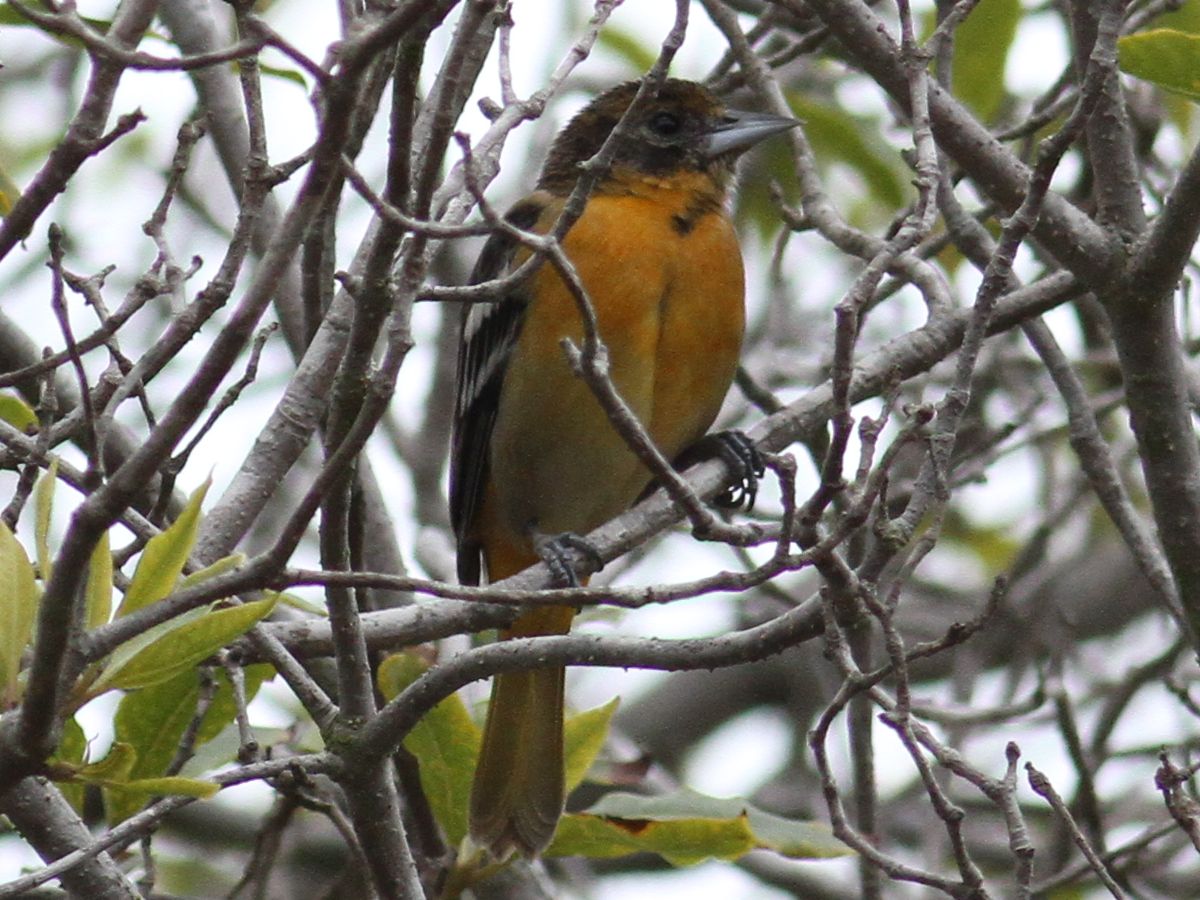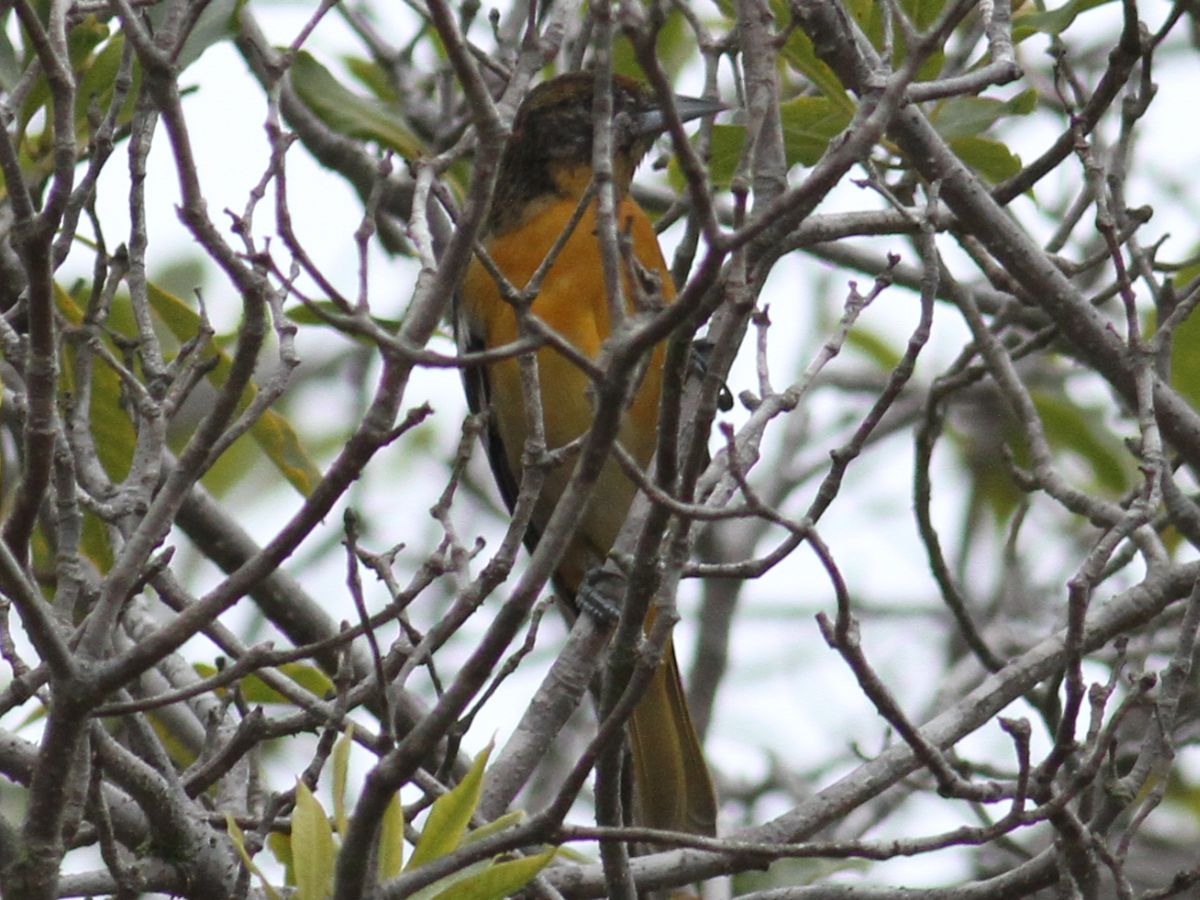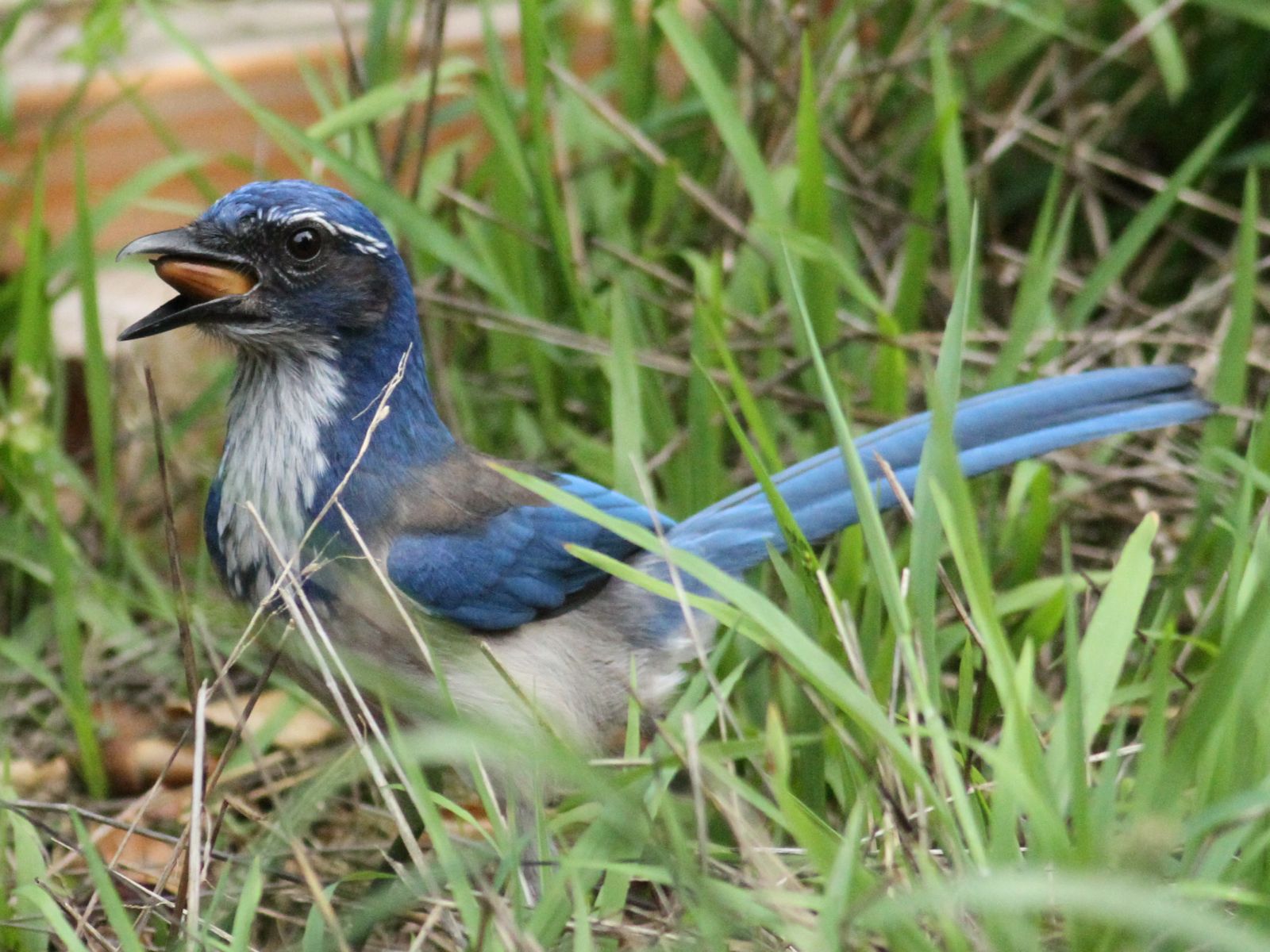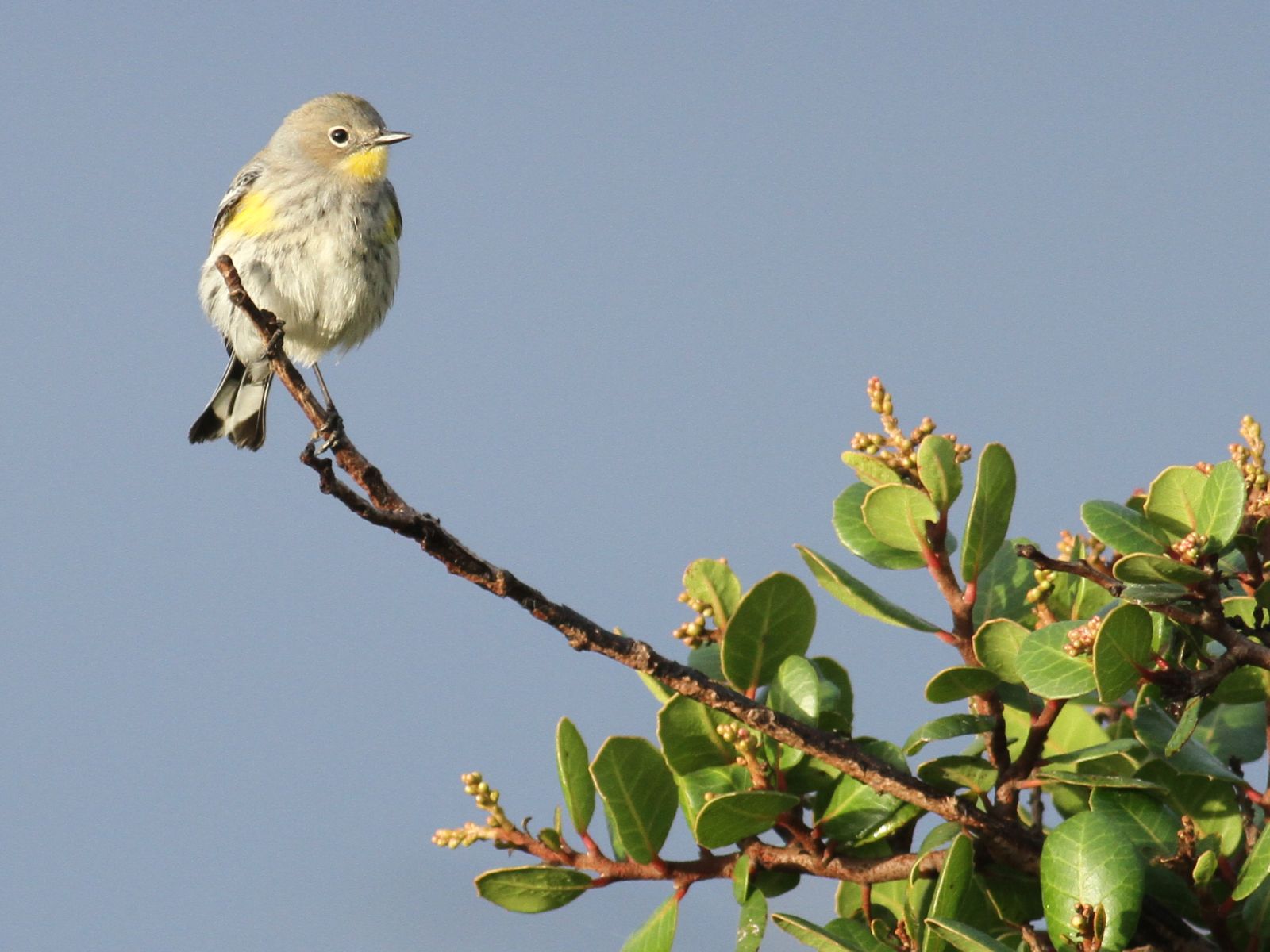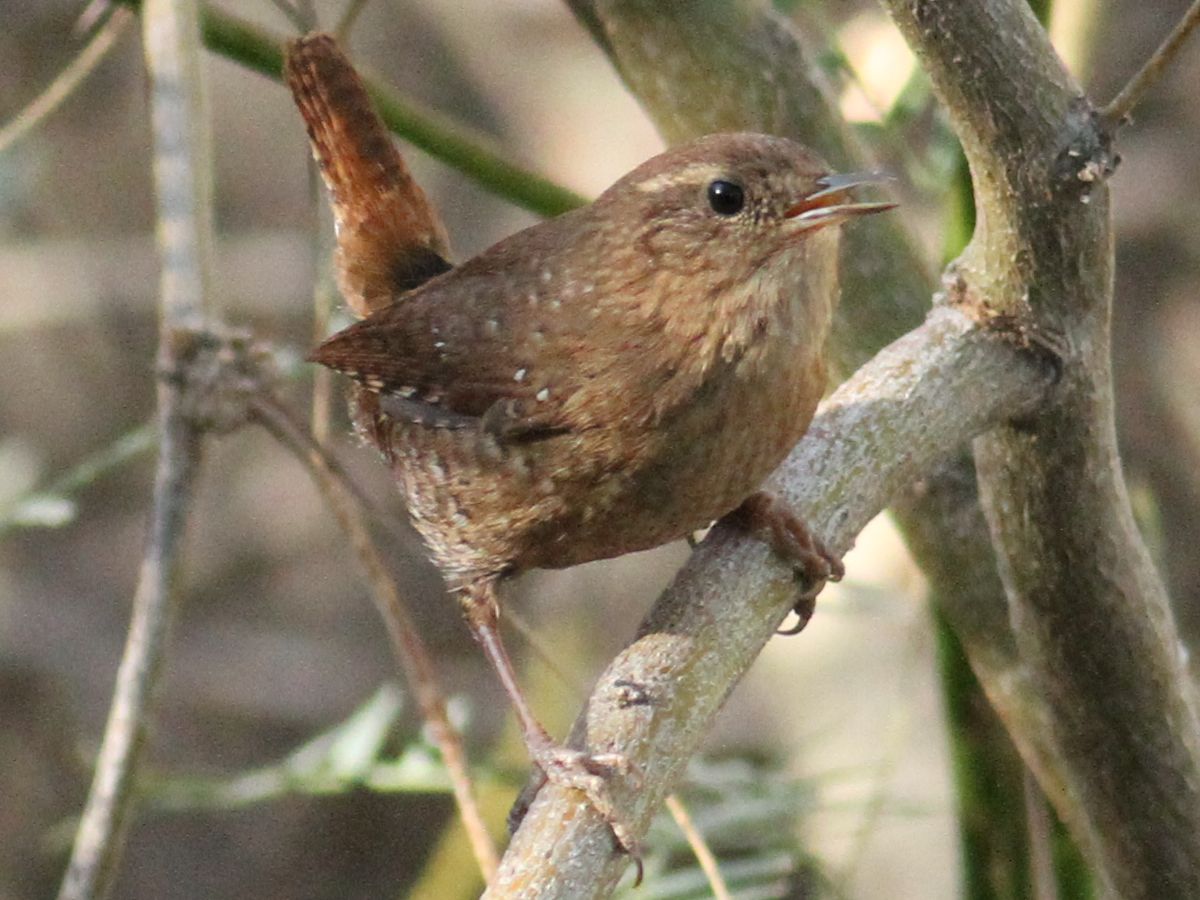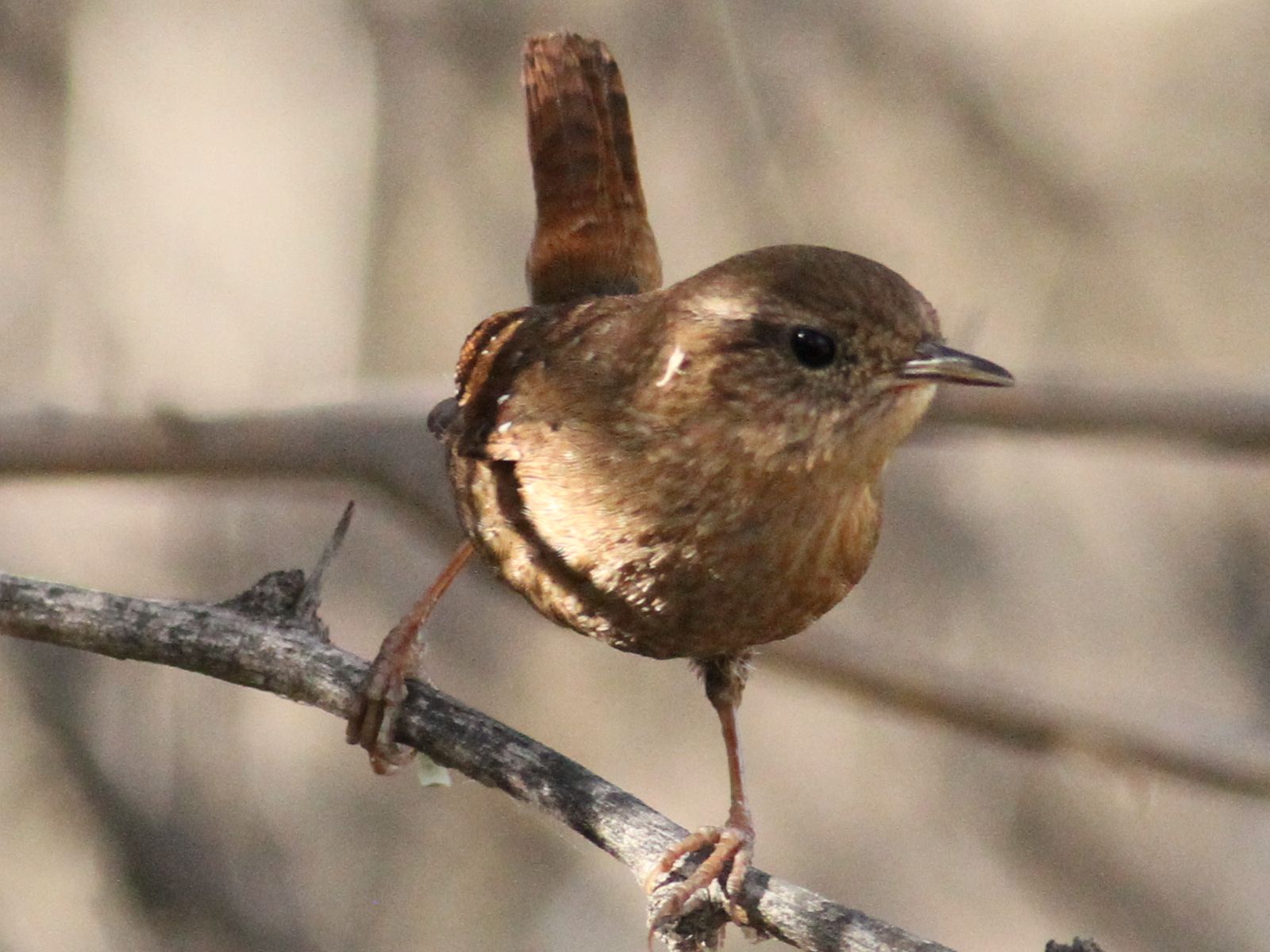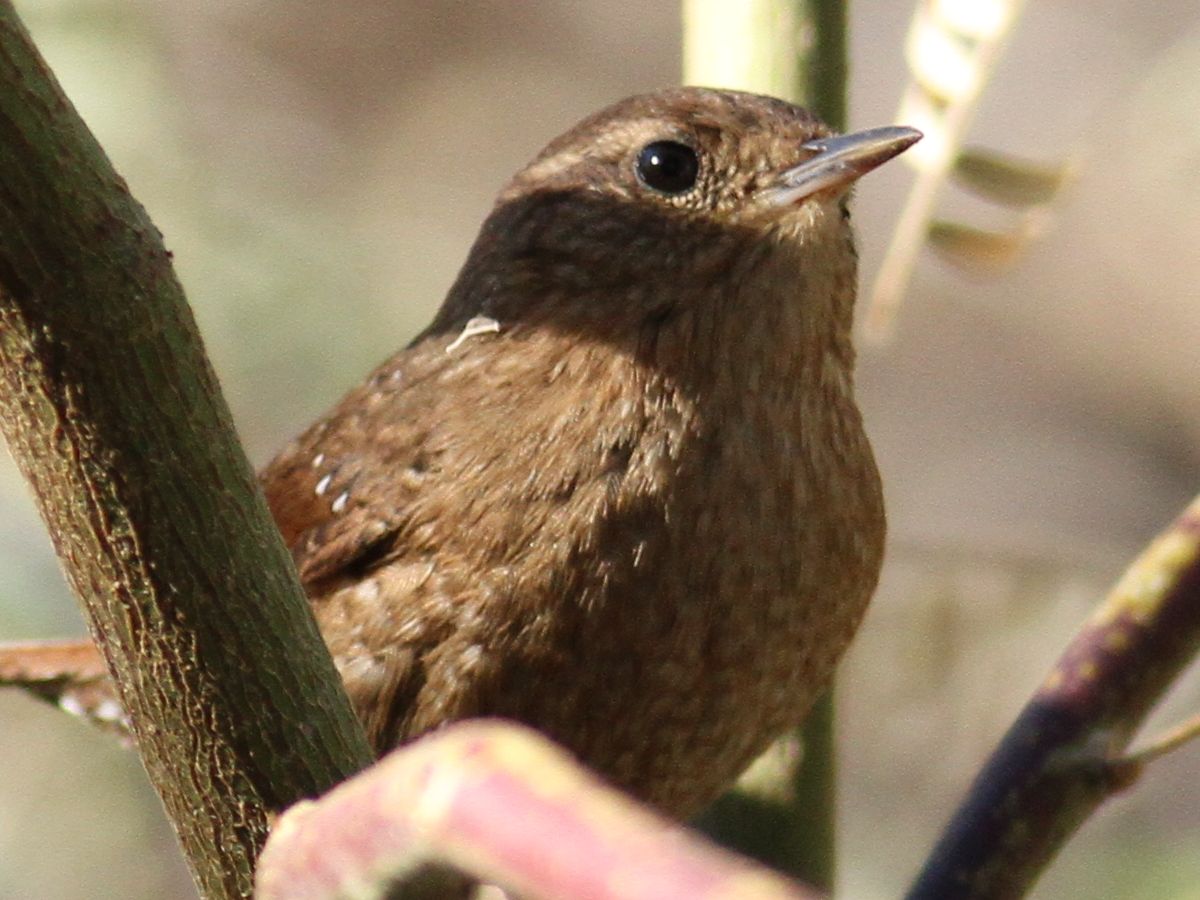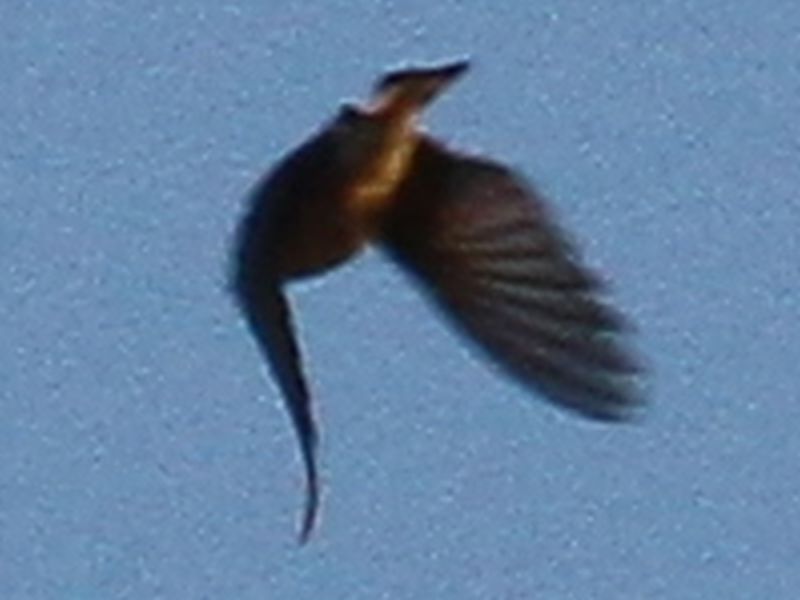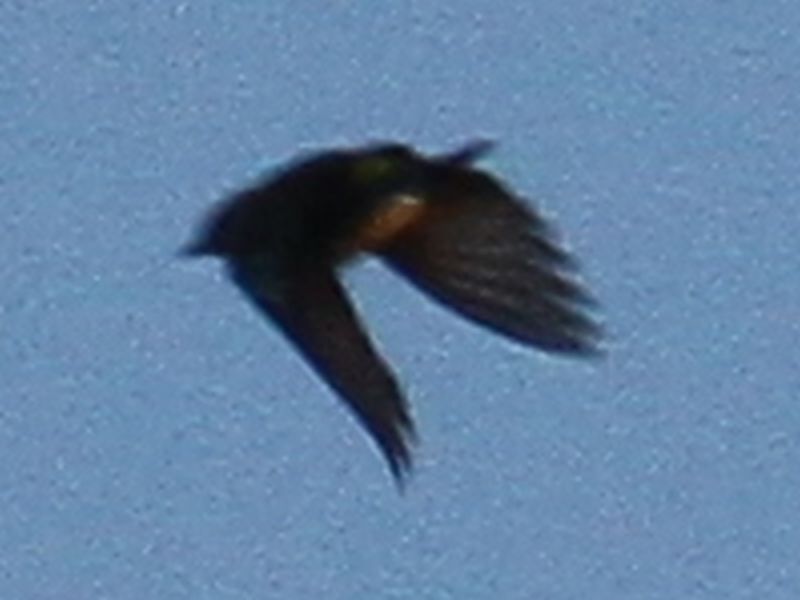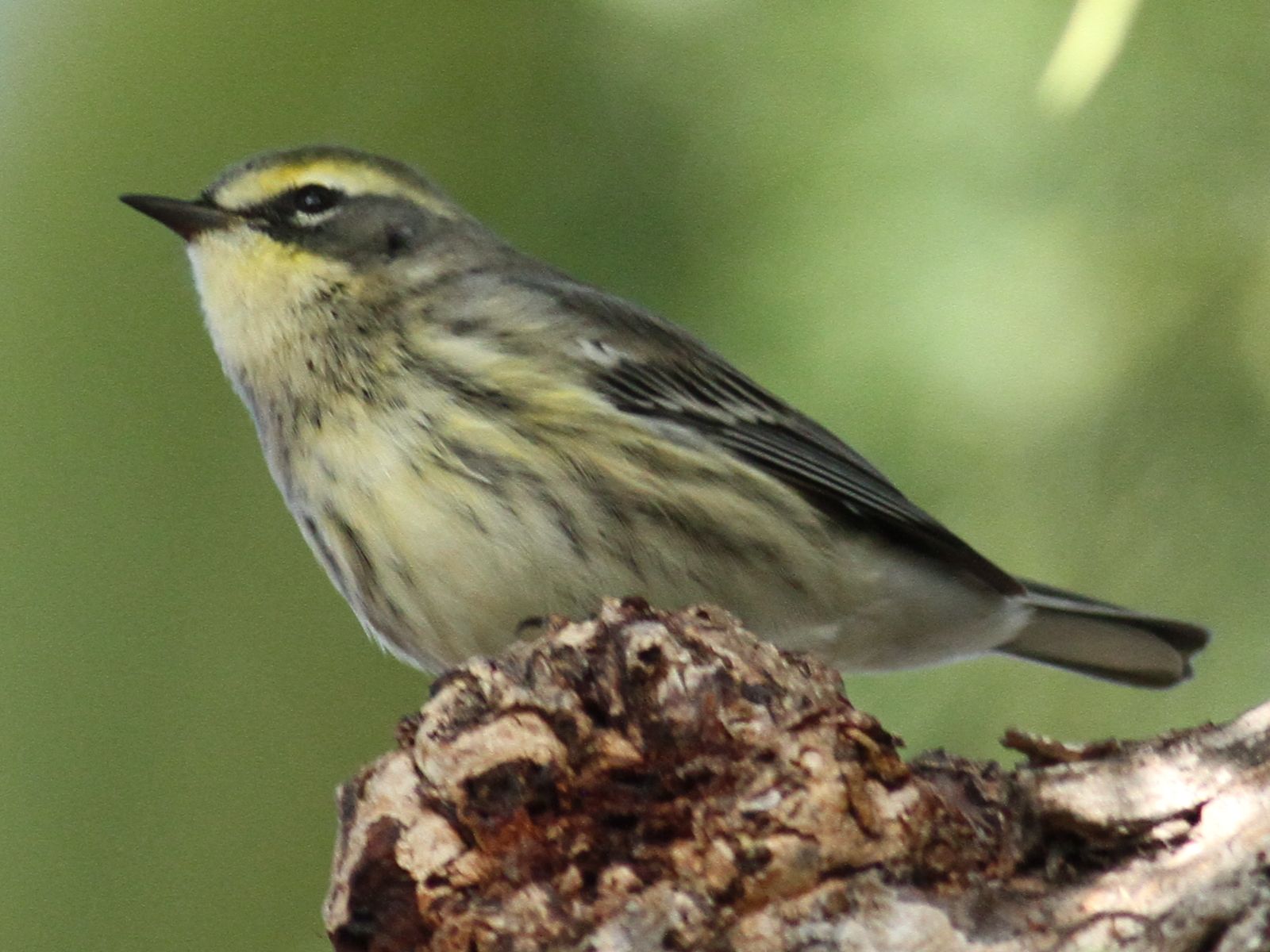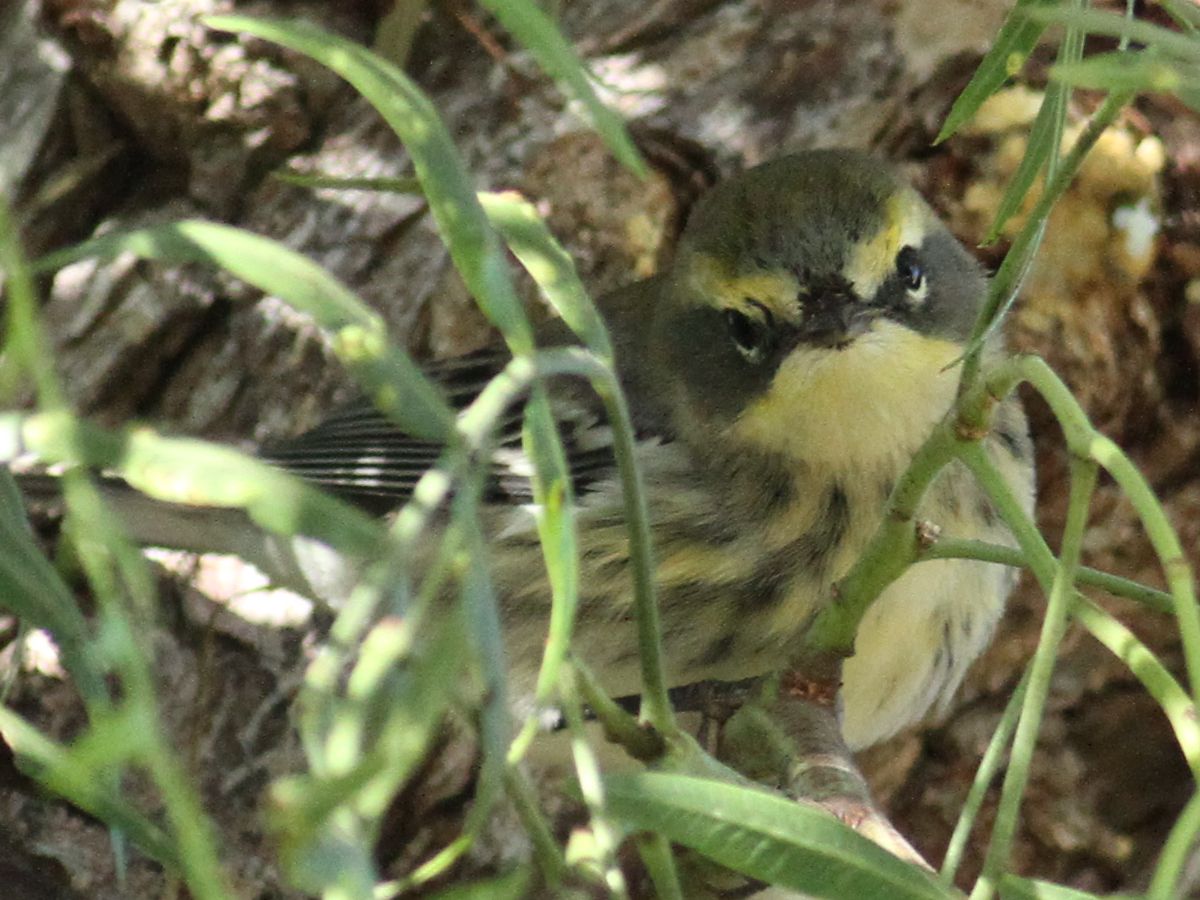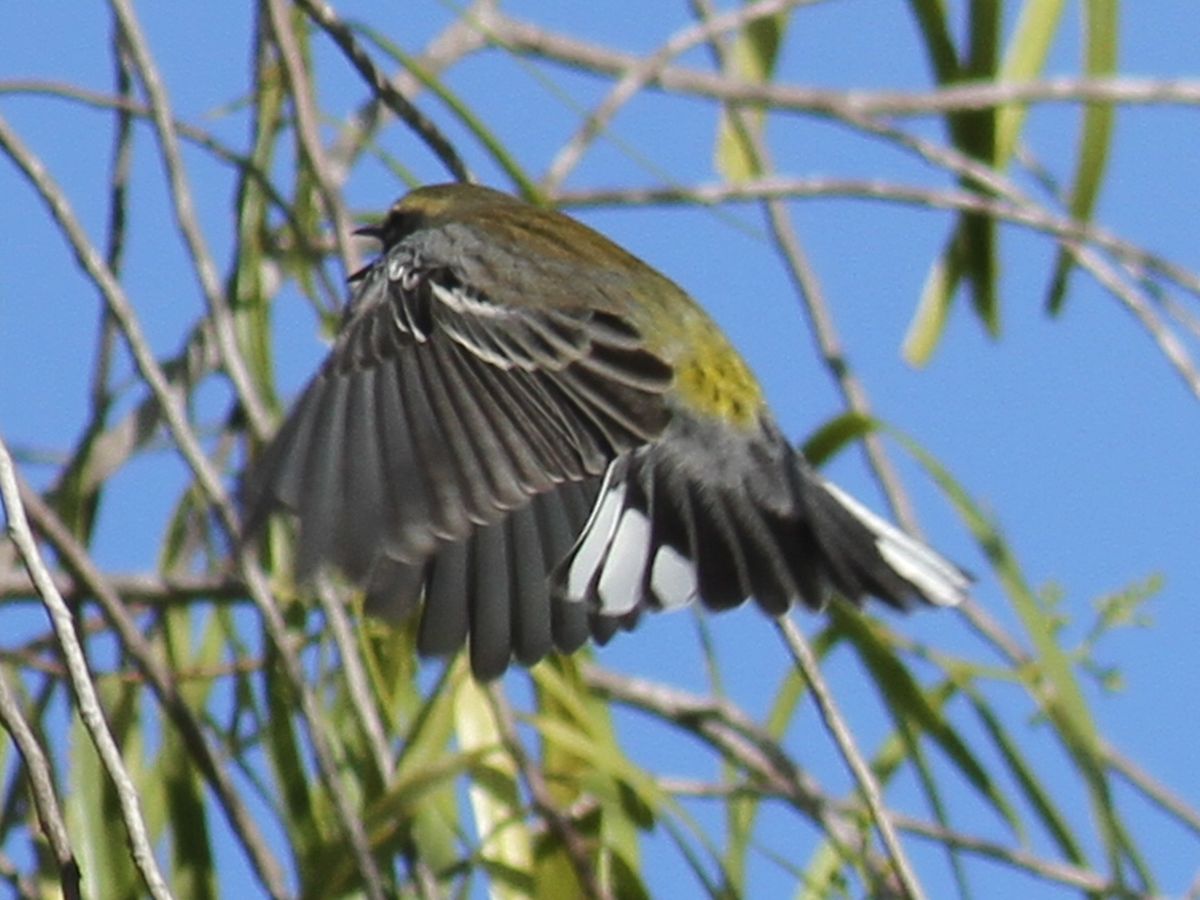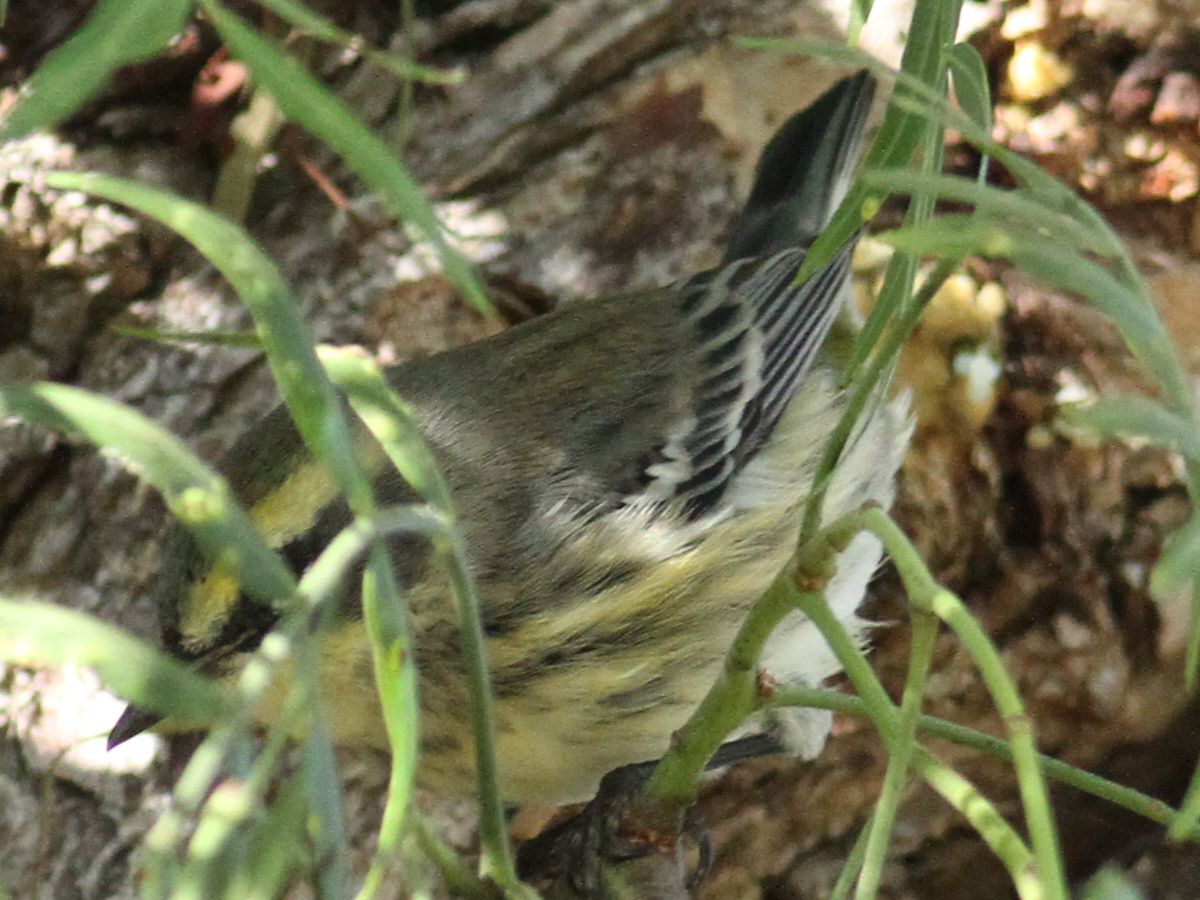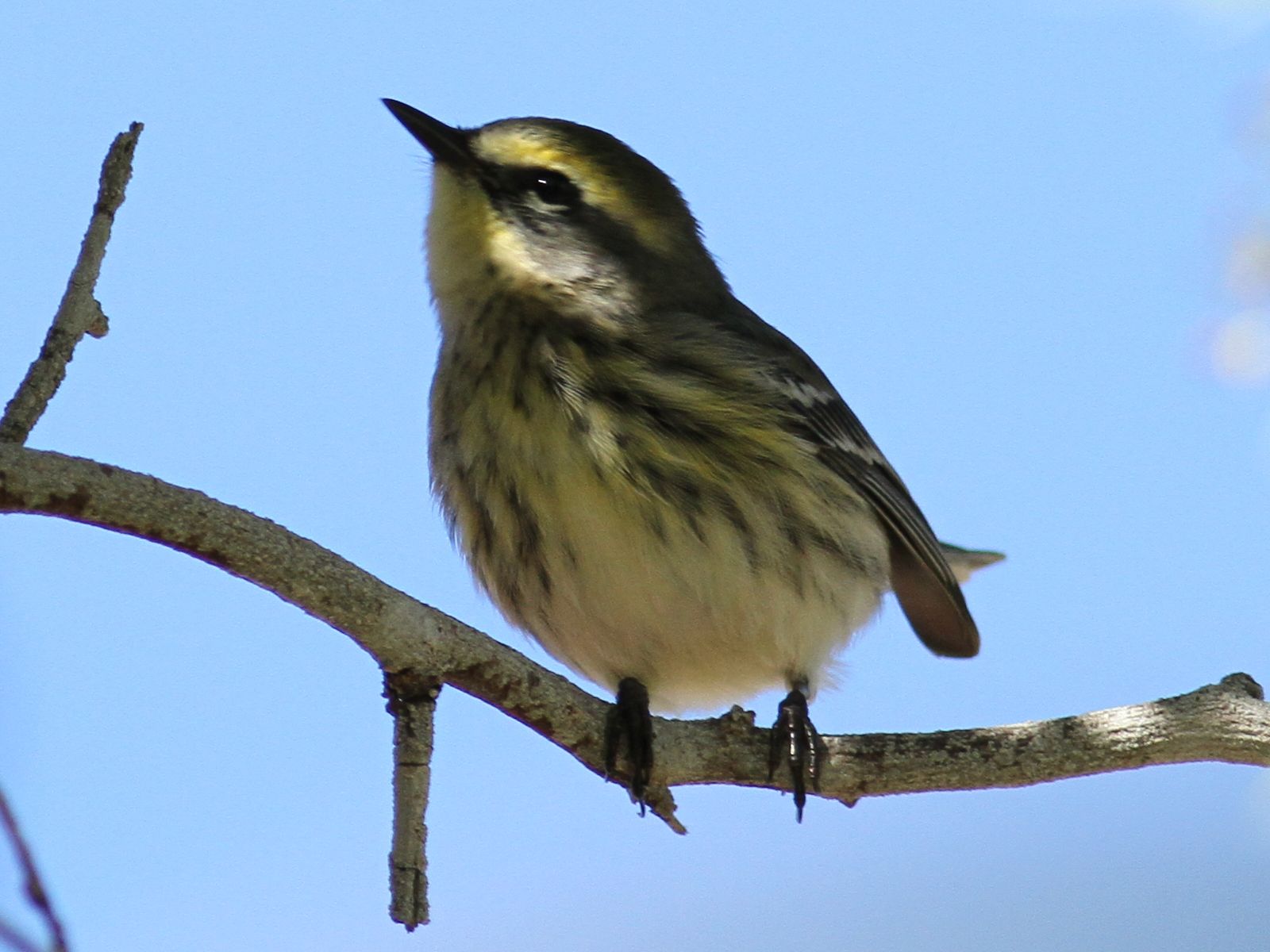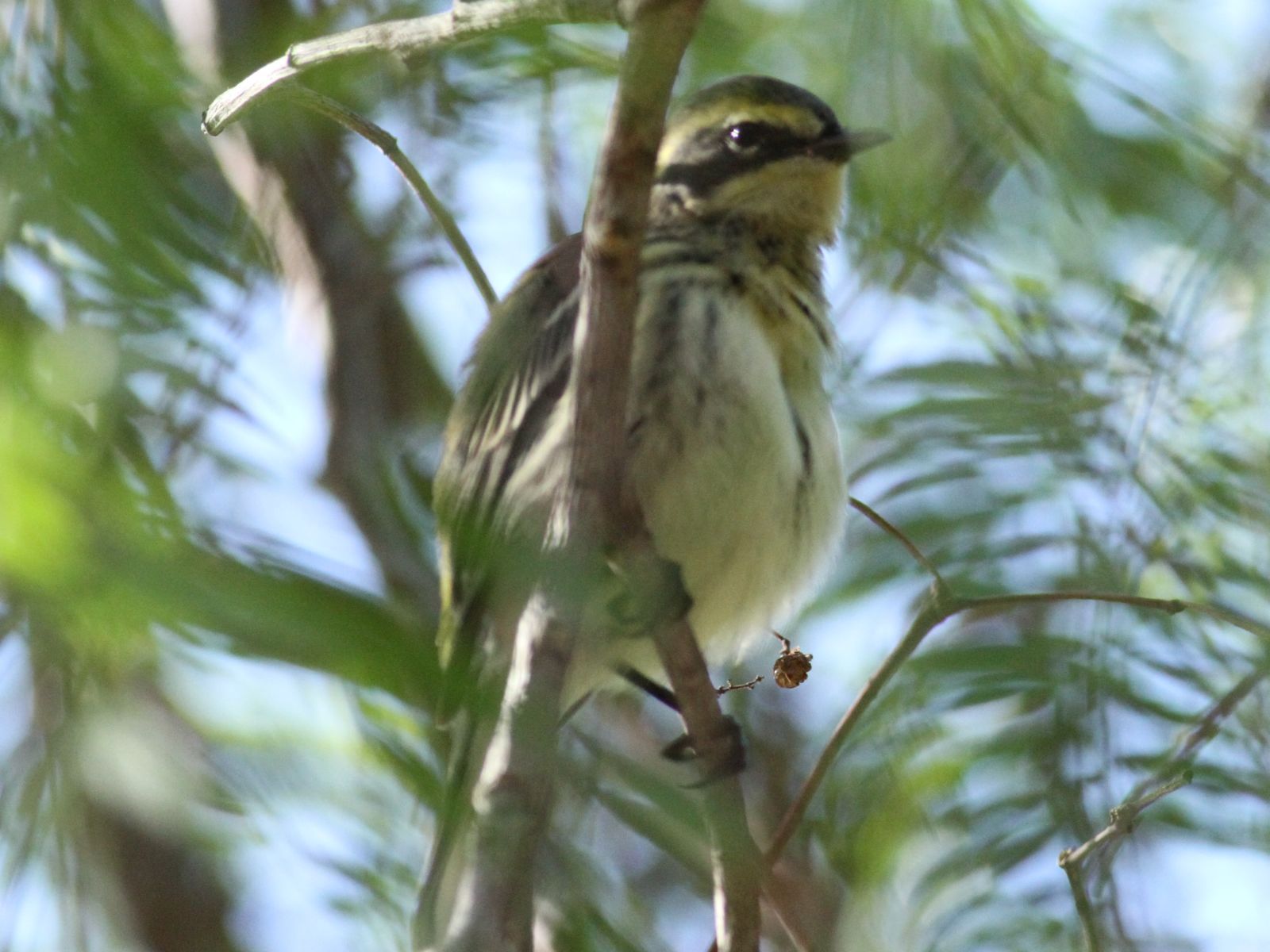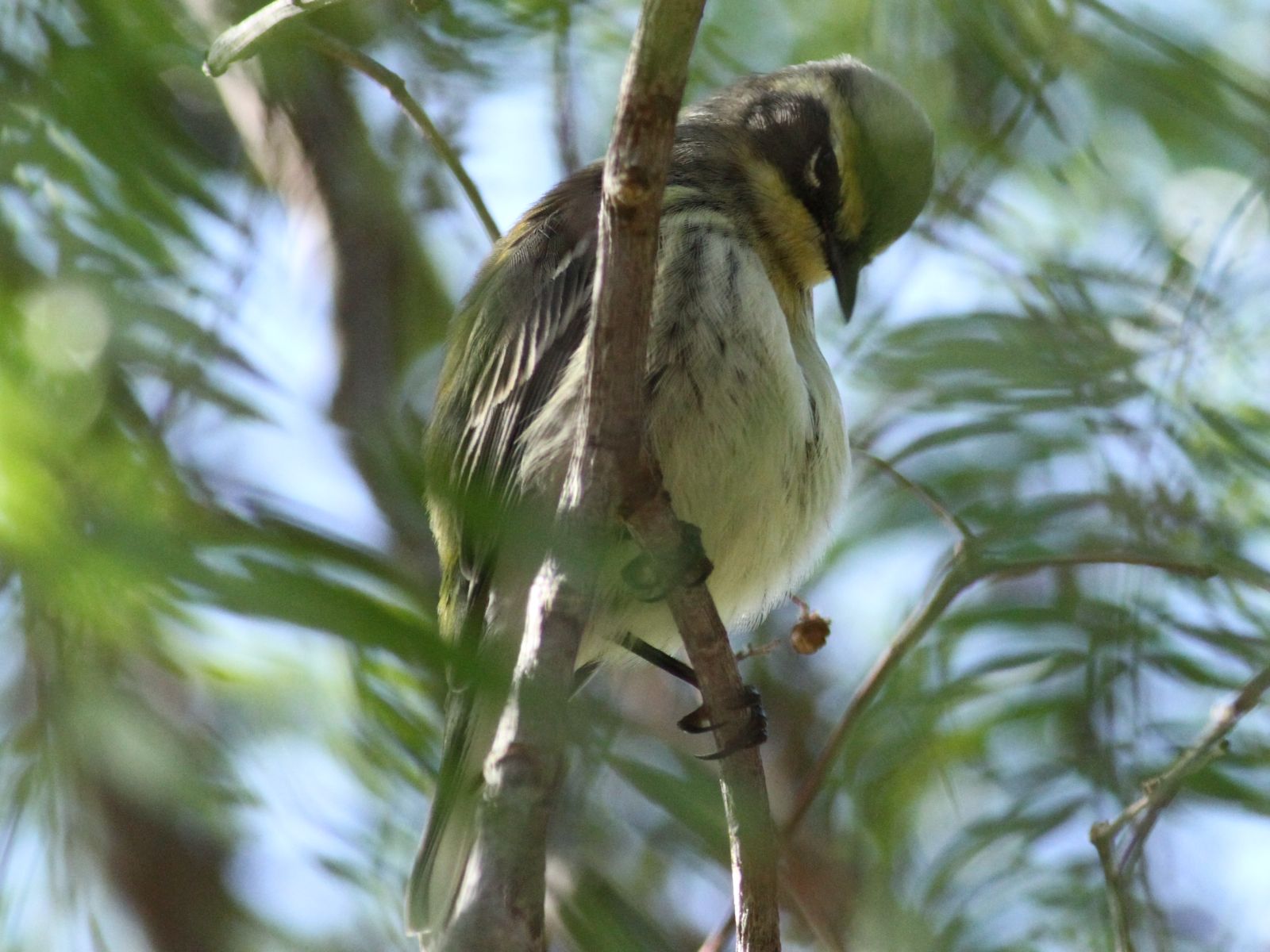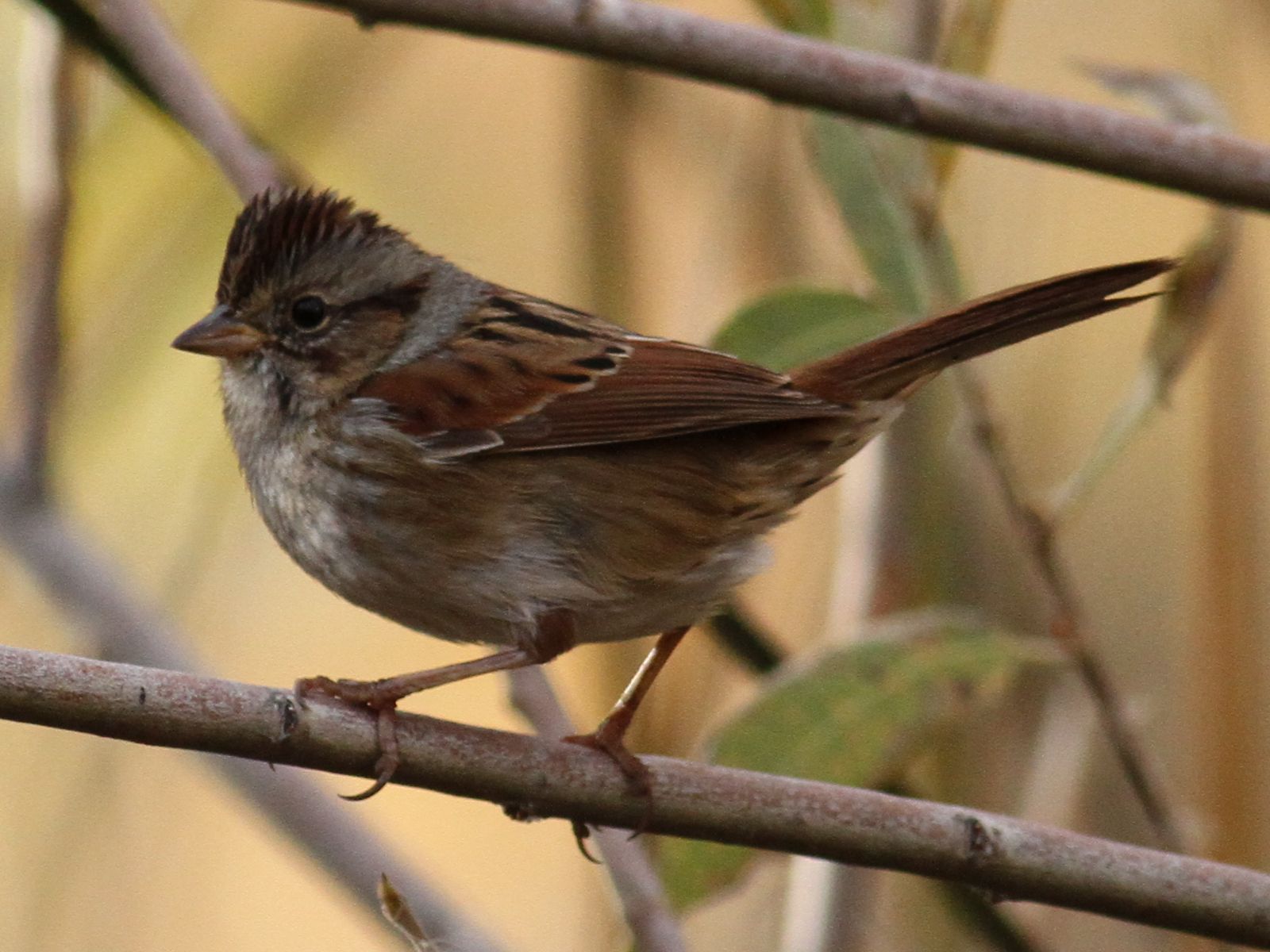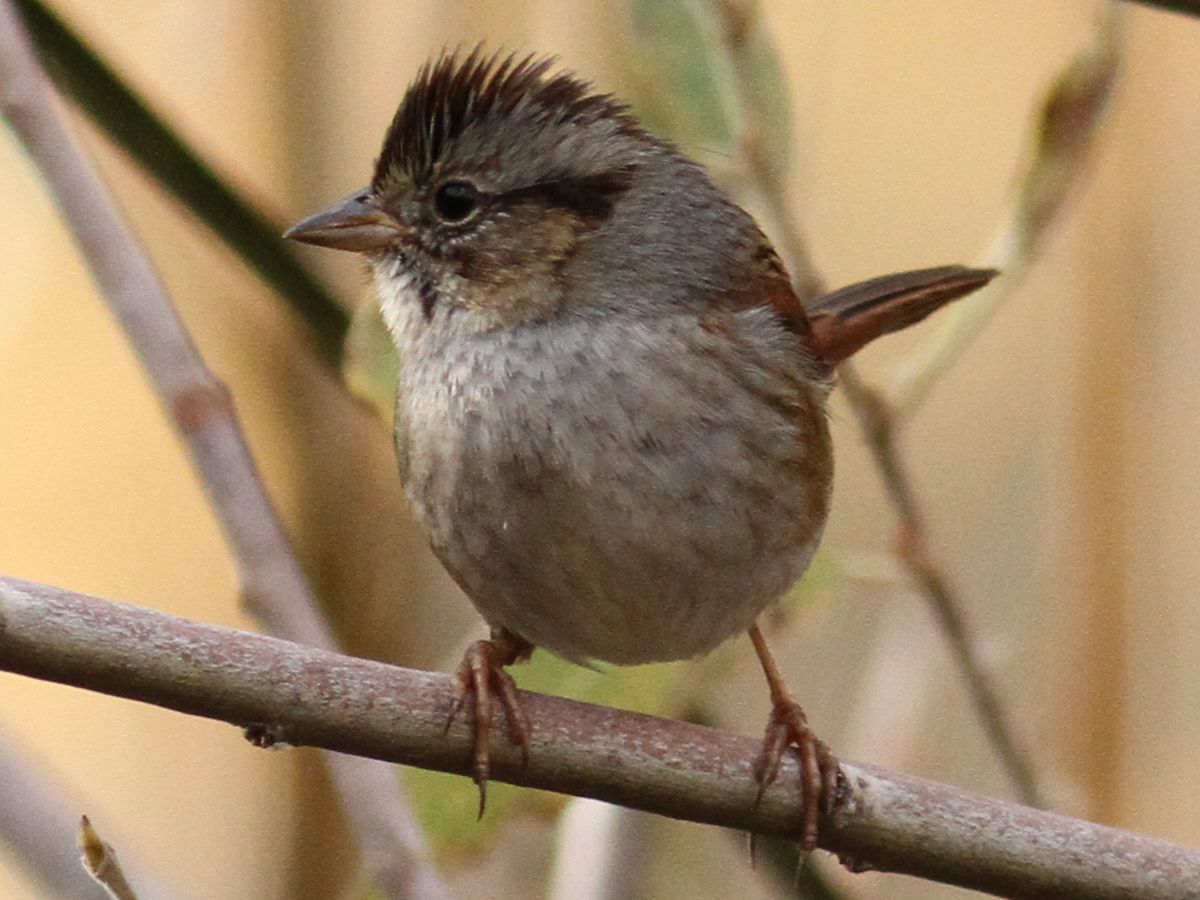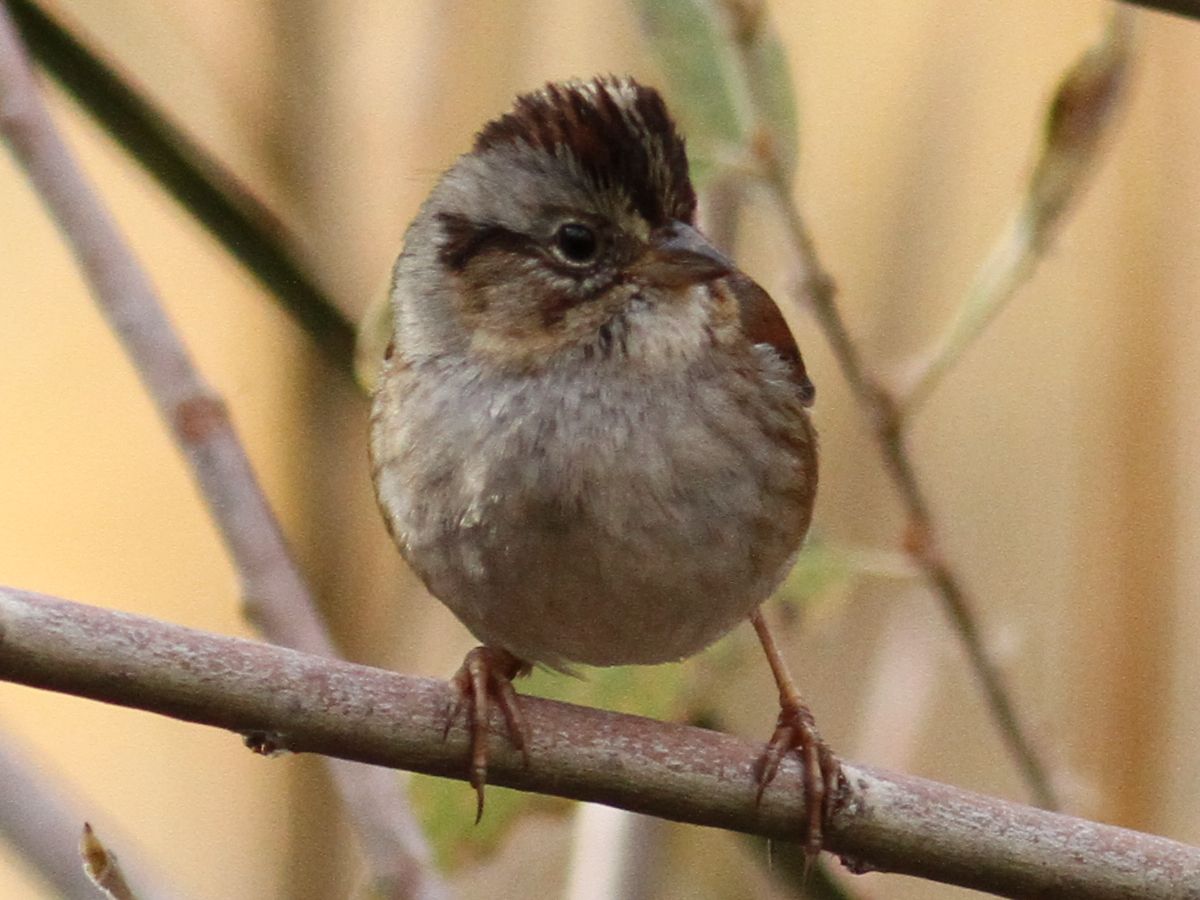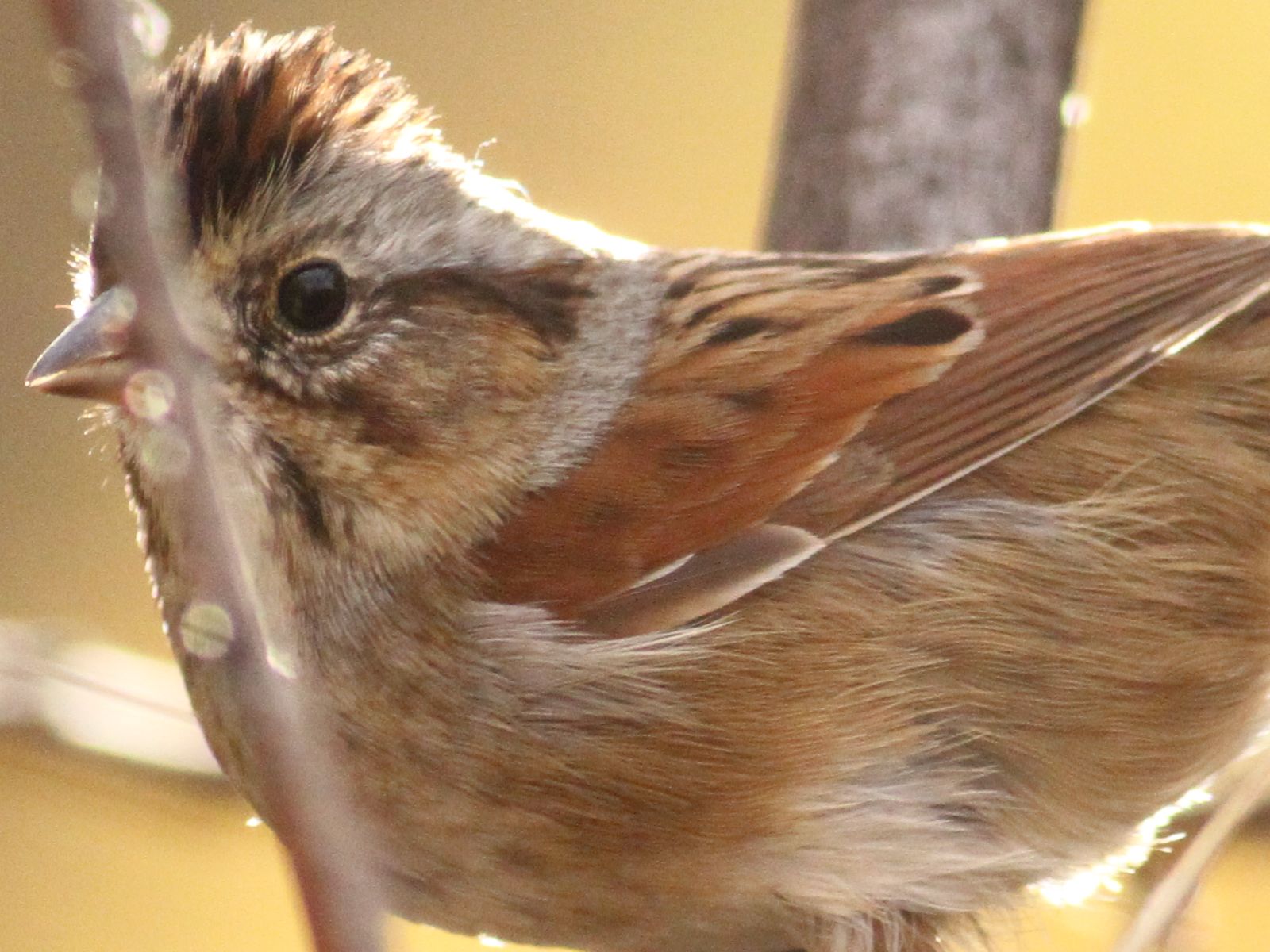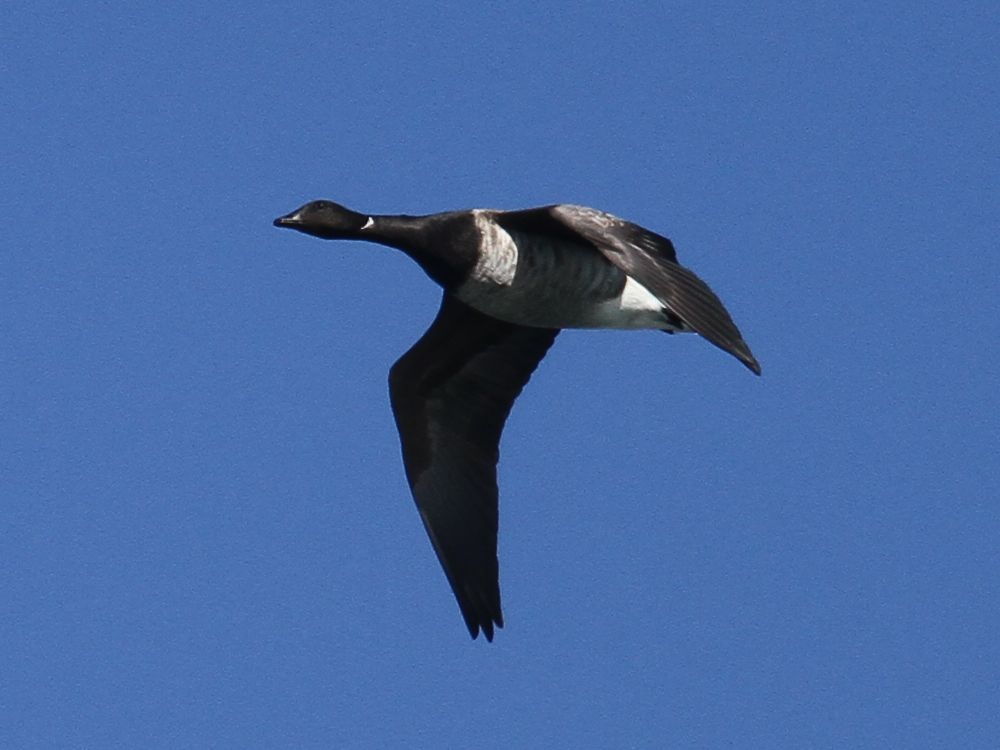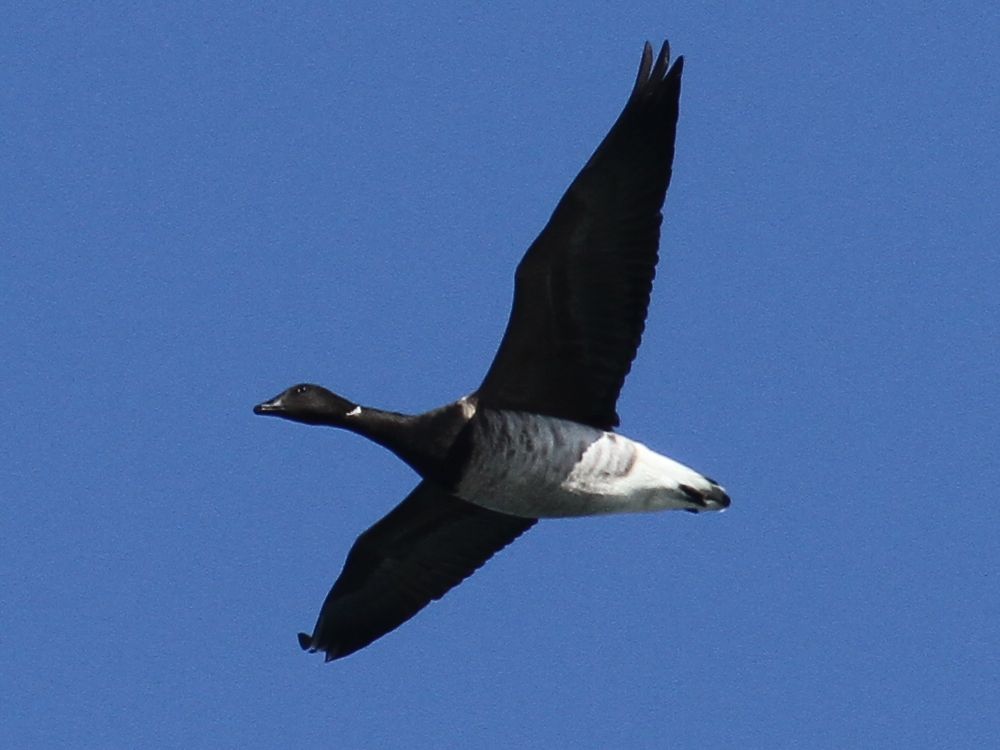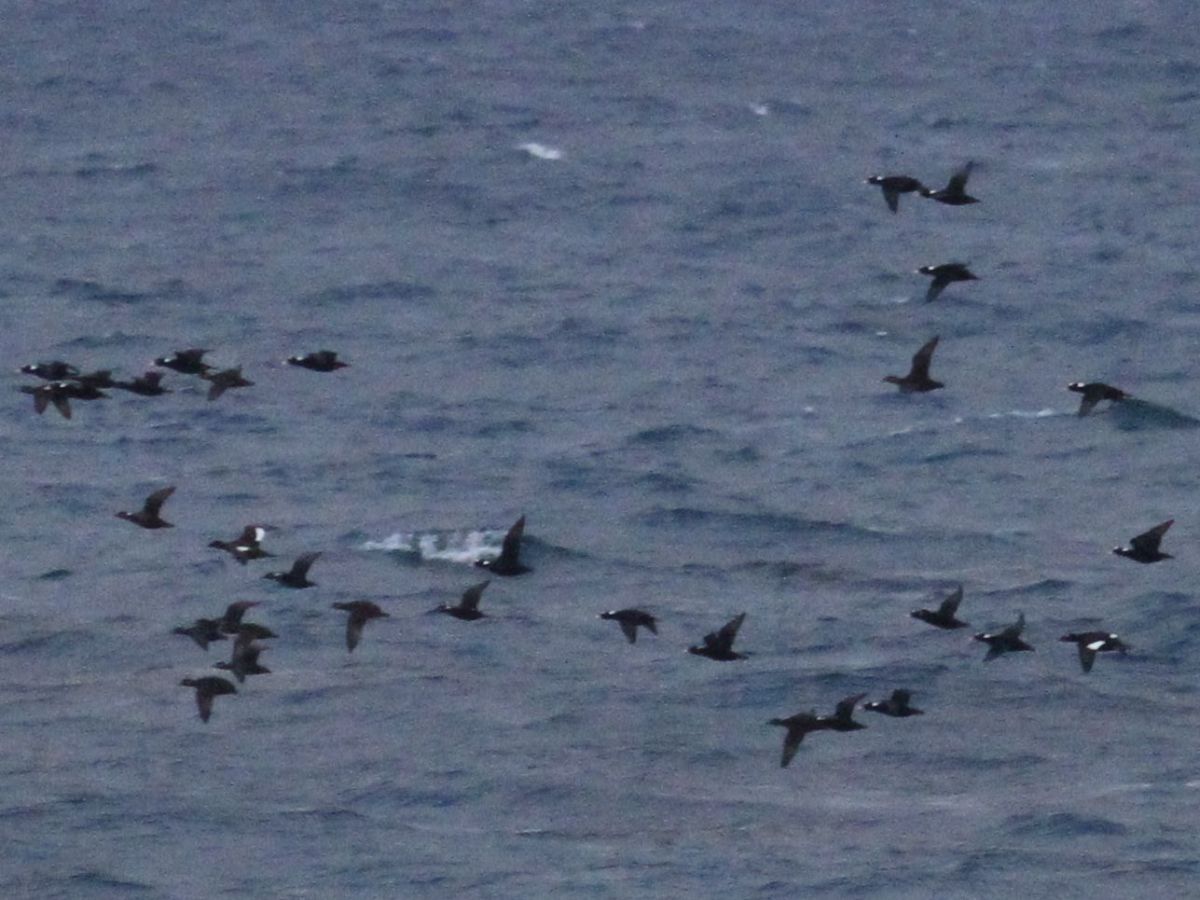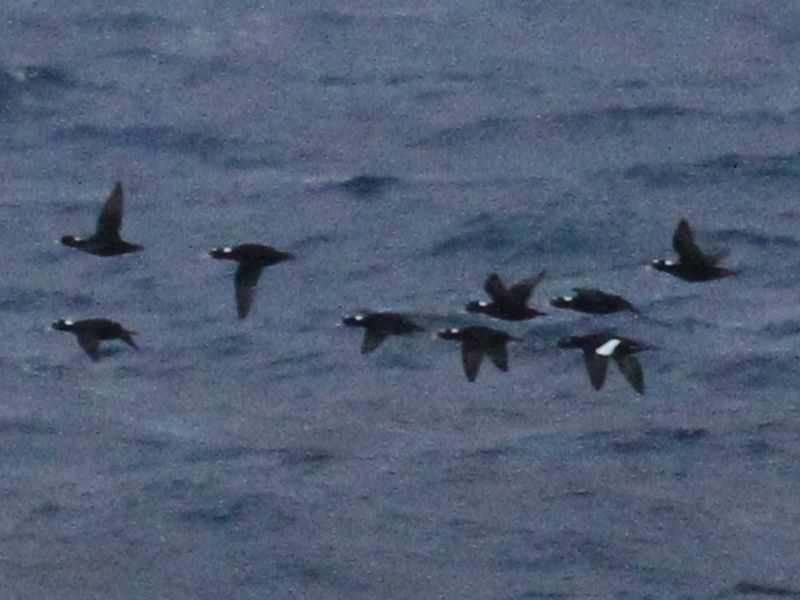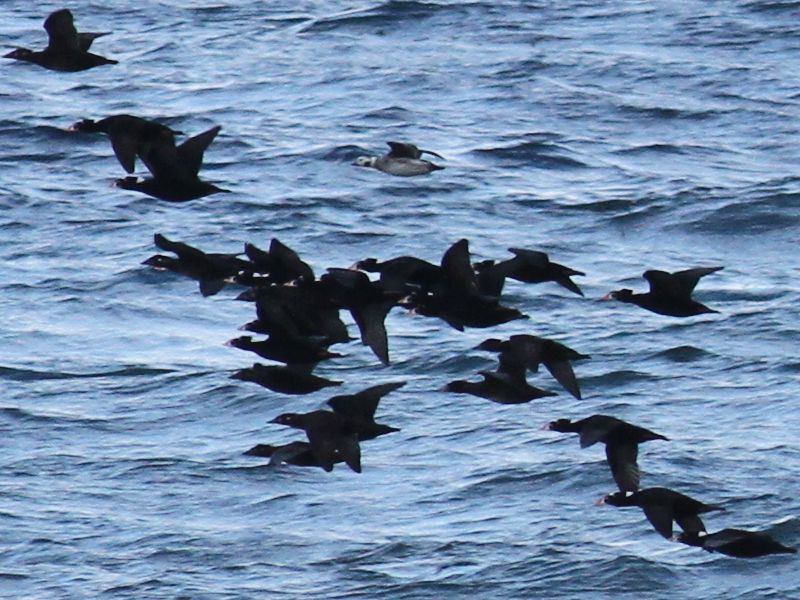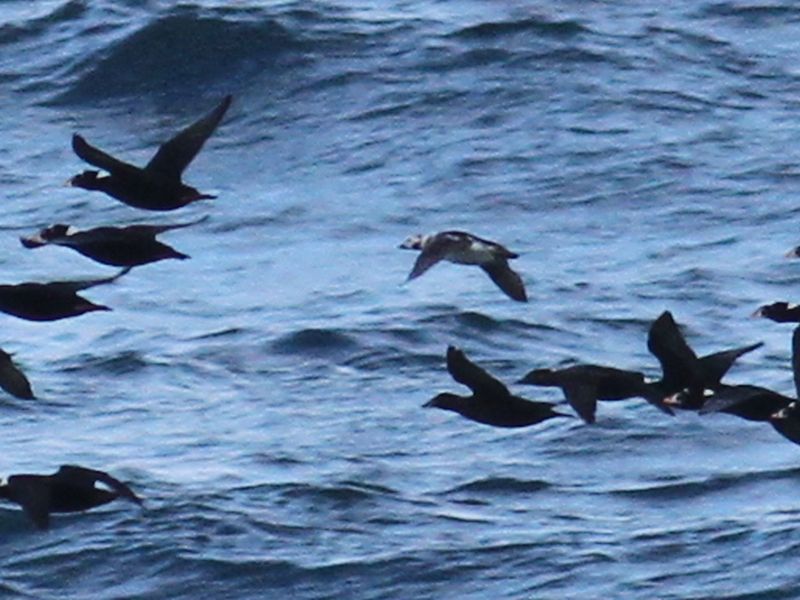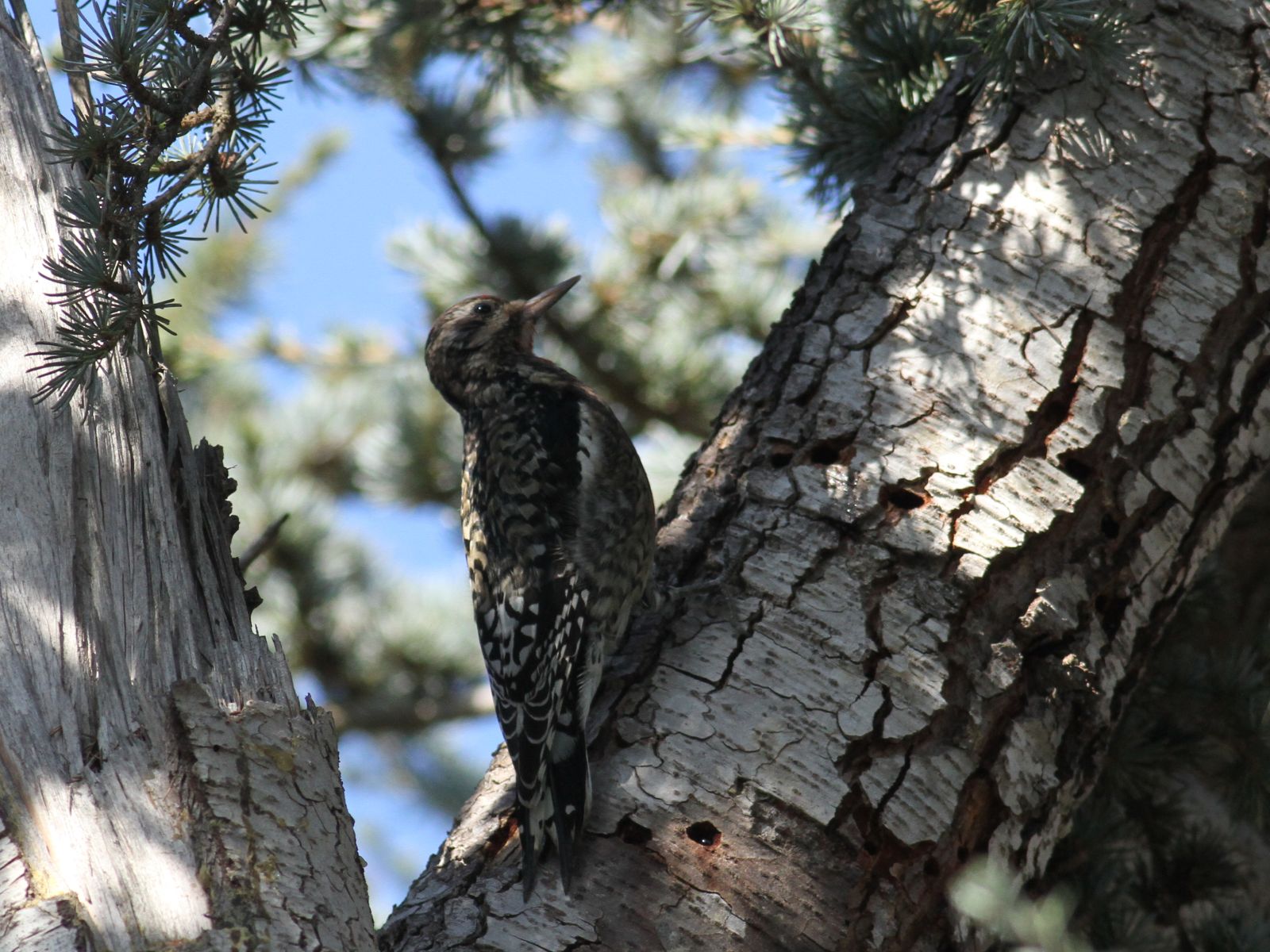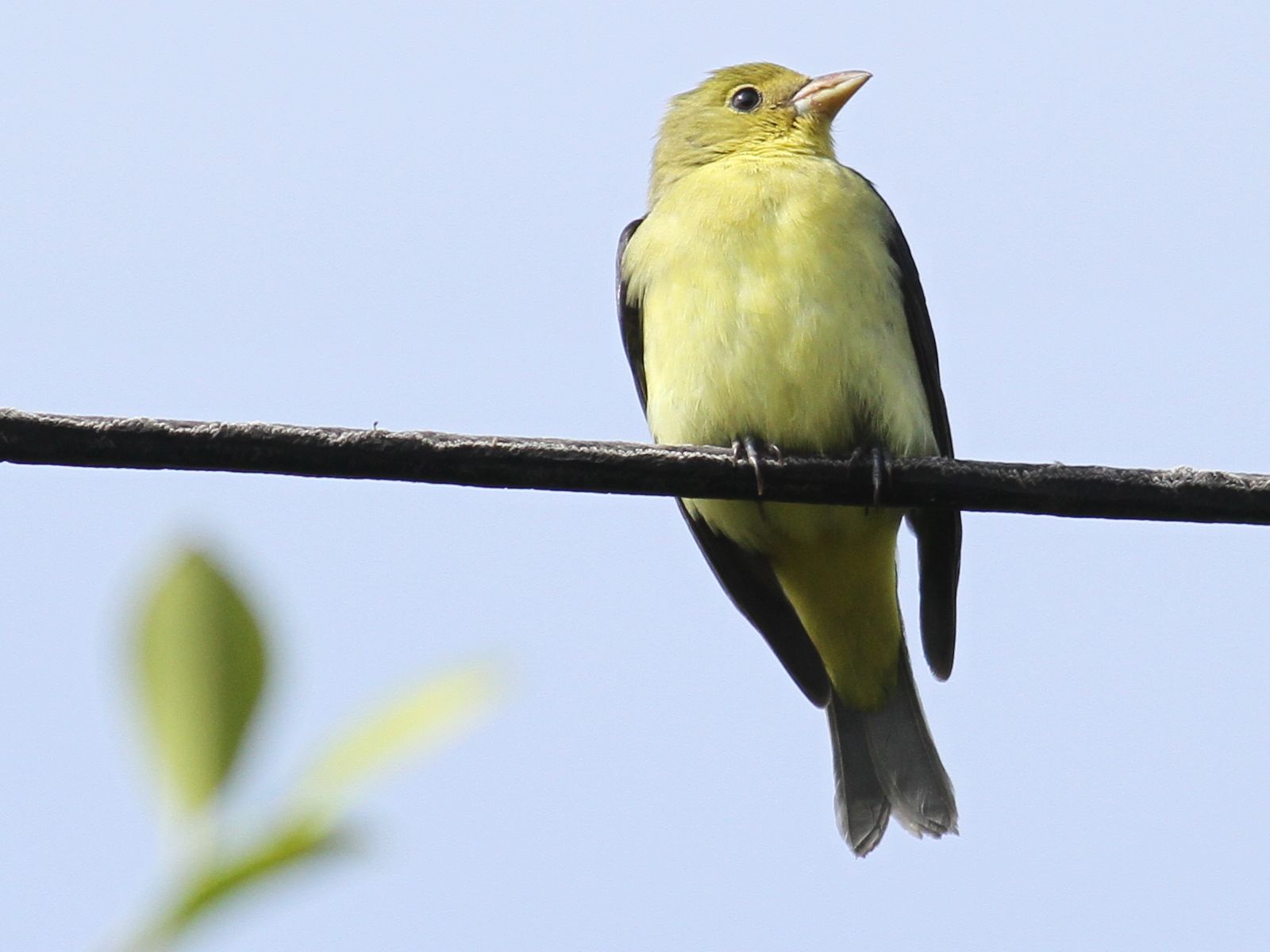[All photographs copyright, Gary Nunn 2012] – The cool foggy morning kept the birds actively feeding and low in trees this morning at the Marston House in Balboa Park. This warbler put in an appearance in the tiny tree over the birdbath right outside the house and allowed some close photography. Reported yesterday as a Black-throated Green Warbler it appears to be a hybrid Hermit X Townsend’s Warbler of some degree. Looking most like a Hermit Warbler in fact, it may be a parental backcross of such a hybrid with Hermit Warbler. The quite strong streaked markings on the underparts and patchy dark auricular seems to indicate some Townsend’s Warbler mixed in to the parentage. Most importantly this bird has a clean white vent area, unlike Black-throated Green Warbler which shows off light yellow patches on the vent sides.
I only planned on looking for the Red-necked Grebe but navigating through downtown San Diego to the Seaport Marina I noticed many warblers in the planted trees. After finding the grebe I took off with Peter Ginsberg and Terry Hunefeld to search through Pantoja Park right there in the marina district. The oldest park in downtown San Diego – established in 1850 – had a few nice birds! In among a warbler flock was this perky and bright Chestnut-sided Warbler. This bird appears to be an adult male in basic plumage. The flanks have quite strong chestnut marks (covered over by fluffy white belly feathers in most of the photographs), the upperparts are a bright green, and the uppertail coverts and marginal wing coverts have extensive black centers.
The Red-necked Grebe was hunting small fish beneath rocks right at the marina side. We watched it catch a small fish almost coot like as it splashed around with its large lappet feet. Silent for a long time it suddenly let out a loud cluck sound – grebe vocalization!

